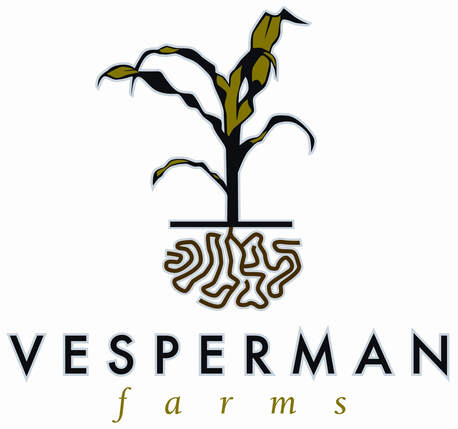|
From Curly the llama to the donut-loving pigs to the itty bitty chicks, we live the real-life Charlotte's Web at the farm and we love every minute. Life on the farm is pretty sweet for these guys: all the leftovers they can eat; a lot of people to rub their noses and scratch their backs; and and the best caretaker ever, Judy, who keeps them fed, warm, and happy in their barnyard homes. Here's a peak at our animals through the years - here's to you, farm buddies! Thanks for visiting us this year to say hello to the barnyard crew!
3 Comments
In the early years, operating the kettle corn machine came with very specific instructions: Don't use too much oil. Stir frequently. And when it catches on fire, shut off the gas and go find Kyle. Back in that day, the $5,000 price tag on a new kettle corn machine was a little out of Kyle's budget, so he rounded up some family members and they put their "sure, I can make that" farmer attitude to work. The very first kettle corn machine was a product of a conversation with a knowledgeable carnival worker, quite a bit of YouTube research, some spare parts in the barn, and a little welding, It was what Kyle calls "a little quirky," but it did the job...that is, until it caught on fire. (And, yes, the answer to your question is, it did catch on fire...twice.) Today, Kyle has a less Frankenstein monster-esque kettle corn machine, one that our employees can operate without needing a fire extinguisher at arm's reach. And these delicious kernels are a fall season staple! The origins of our apple cider donuts also started under unusual circumstance. The summer Kyle decided to add the Snack Shack onto the old white barn, donuts were high on the list for food offerings, but the machine to make them was difficult to find. At that time, he was working pretty closely with the Grant County Fair board and had gotten to know the carnival operator very well. Kyle mentioned he was looking to add donuts to the fall season during a chat with him one day...and wouldn't you know - the guy had an old donut machine lying around in a trailer that he was going to toss out. So the old donut machine came to call Vesperman Farms home. It didn't make great-looking donuts - they were misshapen and uneven - but the staff couldn't keep up with the orders. And Kyle knew that they were on to something with these donuts. Although maybe not as dangerous as that first kettle corn machine, a lot of problem solving when into that first donut machine. Twice in that first fall season Kyle had to overnight parts when the motor burned up. And because the thing was old, there wasn't even a motor that fit it, so he spent nights reworking the motor to fit the machine. Since that forgotten donut machine, Kyle has since upgraded to two newer models that are much more efficient and precise. Now we make 75-100,000 donuts every fall season! Later one of those same motors ended up in the kettle corn machine, running the first auto-stir function that saved Kyle and his staff from some serious burns from hot, popping sugar. (Kyle used to dress basically like a beekeeper to keep himself from getting burned while stirring the popcorn.) Donut making then.... ...and donut making now! Both the donuts and kettle corn have found their niche at the farm, and oftentimes are the favorite part of fall season for many of our guests. It's been fun for Kyle to see both foods evolve and take their own special place in many people's fall season experience. These fall treats are available soon - fall season starts September 22!
The corn maze at Vesperman Farms came about because of the sesquicentennial. The very first corn maze that Kyle is aware of was in East Central Pennsylvania back in 1993. Five years later, in 1998, corn mazes came to Wisconsin in the form of Wisconsin. For the state's 150-year celebration, a farm in Janesville offered a maze in the shape of our cheesehead state. There was no pumpkin patch or activities or food accompanying this first maze, but the novelty of it attracted 50,000 people. And this got Kyle thinking. At that time, he was selling pumpkins in Lancaster, but was already having ideas to bring a bigger version of his hobby 4H project back to the farm. A New Idea Crops Up Back in the 90's and early 2000's, farms like ours were very basic. They had pumpkin patches - and sometimes wagon rides to them - where you could buy pumpkins. Orchards sold apples. And maybe there were some jams and jellies and even some apple cider to purchase while you were there. At that time, "farm tourism" was a wholesomely new concept and people in the biz were just beginning to form ideas for activities, food options, and big attractions like corn mazes. So in 2002, with the mutterings of this farm tourism concept developing, Kyle visited a couple of farms to look into the idea of moving his pumpkins back to the farm. He started to really like the idea of a "farm destination," so we opened for our first season on the farm that fall. The first year was just "take a ride to the pumpkin patch" and little else, but the plans for the life-sized twists and turns in the corn maze were in place for the next year. Mazed and Confused Now, I didn't know this, but even 20 years ago there were companies that designed corn mazes. And when Kyle decided to forge ahead with the maze idea, he really swung for the fences. He didn't hire just any maze designer - he hired the guy who designed the very first corn maze, a man who has set multiple Guinness world records and is world-renowned for his craft, England-based designer Adrian Fisher. Keep in mind that Kyle was 20 years old, a junior in college at this point, just starting out his business, trying to keep up with classes and life. I mean, he's basically still a kid. And he calls a world-renowned designer to help a tiny up-start farm in Southwest Wisconsin add a maze. So one day Kyle was in class and his phone rang. And he could tell it was a call from Europe but he couldn't answer - he was in class. He checked the voicemail after and it was Adrian Fisher, telling him that he'd love to do a corn maze for the farm. And Kyle called him back and they started work. I asked, "Kyle, how did you get the nerve to call this guy up and negotiate terms and work with designers and do all these very adult things when you were still at the point where you wouldn't even answer your phone for a big business opportunity while you were in class!?" And he responded with great simplicity - for this is Kyle after all - "Anything worth doing is never simple. I wanted people to really be wowed by the maze." After phone calls and emails over the ocean, the company delivered their design: a giant Jack-o-Lantern. Then Kyle, his parents, and his friend Matt spent four days and about 70 hours on the 5-acre plot cutting out the pathways, taking this concept design.... ...to this backbreaking labor.... ...and finally to this reality. A Field of Ears For the first five years, Fisher and his company designed the corn maze at the farm. And for those first five years, Kyle and his friends cut out the rows to bring it to life. After Fisher stopped working in the U.S., Kyle began working with the MAiZE company out of Utah and hired another company (again, I did not know companies like this existed) that specializes in cutting maze designs to shape the rows. In the second or third year, Kyle also began designing and cutting a mini maze for kiddos and school groups. This process is a little less exact than the main event, but no less fun! Come Ear Often? It takes most people an hour or two to navigate the winding rows of the corn maze at Vesperman Farms. But for those involved in bringing this unique experience to the public, it's a year-long effort of creativity, watching the weather, agricultural know-how, and, yeah, a lot of passion. The maze has taken a variety of forms in the last 15 years. From the first Jack-o-Lantern, it's been a crop circle, a big catfish, a steamboat, a flag and eagle, farm sceneries, and a scarecrow. Every year has brought different challenges and experiences to both the people responsible for the maze and for the people enjoying the fruits of this particular harvest. For almost everyone, the maze fulfills a need for odd diversions or for simpler pleasures. Ann Dolan, a retired teacher who guides our school groups through the mini maze, believes that a corn maze represents a challenge and a joy to people who participate. "The kids love to make decisions and problem solve. They feel so accomplished when they make it through to the end," she says. The maze - as with everything we do - is also about spending time on the farm. Navigating through the maze isn't just a walk through the cornfield. It's about sharing ideas and thoughts with your companions; about going down the wrong path and laughing about it; and it's about your relationships, with each other, with us, and with the farm. To us, the maze is really just another way people can enjoy life on the farm. This year's corn maze is already cut and shaping up for you fall goers, and as always, we're counting the days until we open it up for the public. This year we'll send you off into the maze with some well wishes from Ann, who always tells her school group kids before they enter:
We enjoyed getting to know you guys. And we really want you to know that. You know...in case we never see you again. (wink) He's been doing this since high school, been living here all his life, so Kyle has a lot of memories of life at the farm. Today he shared with me some of his favorites. This was in 1999, one of the first years Kyle sold pumpkins at his grandparent's house in Lancaster. Check out high-schooler Kyle unloading pumpkins! This first memory is really where it all began. The first news article, published in the Herald Independent, written about the farm. These were taken in 2013 on some of the busier days of the fall season. Kyle remembers being amazed at the crowds on these days, and to this day he is humbled by and takes inspiration from the people who come to support him and enjoy the farm experiences he's spent his life building. Not many people can say they've canoed their farmground, but Kyle can. In the spring of 2014, a warm day and a frozen culvert created a huge pond near the animal barn. Kyle - being Kyle - dropped in his canoe and took a casual row around the land. Most people haul their big pumpkins in trucks, but these four college students loaded theirs up in a car and then snuggled in around it to take it home. Look how happy she is (peep the top right corner)! A great snap from a visitor to the farm. This is what fall season is all about. One of Kyle's favorite photos from the farm has a lot of meaning. Not only is that goat just perfect, but these guys are both college friends who helped Kyle when fall season had just begun. Now they come back with their families to enjoy the fall season. The first day breaking ground on the red barn in June 2015. First fall season in the barn before we finished any of the interior. It looks so different now! The first shipment of apple cider and apples for our 2016 fall season. In 2012 when Kyle started making donuts and selling cider, he would get maybe 30 gallons per order, which would get him through a couple weekends. This shipment was about 600 apples and just under 400 gallons of cider - and this is just one of many throughout the fall season today! Our first engagement on the farm! All masterminded by the groom-to-be, who contacted Kyle to set up what was a complete surprise for his future bride! Christmas on the farm in December 2016. This was an amazing night. After the red barn was built, Kyle began assembling a little community of sorts on the farm. This day they moved what is now our Windmill Shed from a neighboring farm up to our ceremony site. This little shed serves many purposes on the farm, from a backdrop for wedding ceremonies to a great hang-out spot for fall season birthday groups. This was in 2017 when Bruce grew a bunch of giant pumpkins. This great photo of Farmer Bruce made him Famous Farmer Bruce, as three news channels picked up the story of his hard work and the photo and story ran throughout the tri-state area.
There's a lot that happens behind the scenes at Vesperman Farms. Fifteen years ago, the faces behind the farm numbered three: Bruce, Judy, and Kyle. During fall season, Bruce drove the tractor out to the pumpkin patch, Judy ran the ticket/retail counter, and Kyle bounced around as general handyman and do-anything guy. During those early years, the crowds were smaller, things ran a bit slower, and fall season had a very different feel than it does today. It wasn't until 2007, about four years after fall season started, that the farm added its first non-family staff, whom Kyle calls their first "real" employee. A few years later when the farm hit its 10-year anniversary, Kyle added made-to-order food to the fall season experience, and the crowds - and the staff - got bigger. And just a few years ago with the construction of the new barn, the farm started operating year-round as an events venue. Today the farm has about 60 fall season staff and 10 year-round employees. And our staff is amazing. They are all talented, hard-working, and fun people, and many of them work weekends and nights on top of school, other jobs, and family commitments. They care a lot about our customers and do everything in their power to make sure everyone a great day at the farm. At this farm, we do a lot of what people call cross training. The staff here wears multiple hats on a daily basis: they work weddings and events; bake and deliver donuts and kettle corn for our fundraising program; drive folks out to the pumpkin patch, help plant strawberries and pumpkins; and work on various construction projects, like re-siding and painting old buildings and putting up windmills. This staff is always up for anything! We ask a lot of our employees some days, especially when we have multiple events in the barn on one weekend. In just a couple of hours, a group of our staff transitioned the space from a ceremony to dining seating for our Pig Gig - check out the process below! Although many of our last names aren't Vesperman, we are all a part of the Vesperman Farms family, and these friendly faces make the farm a fantastic place to work and enjoy.
All in one weekend of May 1982, Donald and Margaret moved off the farm and Bruce and Judy moved in. While the next Vesperman generation put down their roots at the farm, Donald and Margaret settled into a house on Madison Street, the same one Kyle's cousin Eric lives in today. And for a few years all was pretty quiet at that house. But in the late 80's, the front yard became a small market from September through Halloween. And this little farmer's market had one product: pumpkins. Beginning in the early 80's, Bruce and Judy diversified their farming operation, raising more vegetables and selling them into smaller markets. As part of their diversification, they started a pumpkin patch and began looking for ways to sell pumpkins to people for carving, cooking, and decoration. The decision to sell pumpkins at Donald and Margaret's house in town came down to the old tried and true real estate maxim: Location, location, location. The visibility of the Madison street house made it a great location for a local market...and they knew the people living there. The house, with its wrap-around porch and good-sized front yard, could hold a lot of pumpkins, and it filled up quickly. In those days, the family worked on the honor system. They would load up wagon after wagon of pumpkins, drive into town, and just cover the front porch and yard with orange bulbs. Sometimes they would put a "Pumpkins for Sale" sign up...sometimes they wouldn't. Sometimes they would staff the yard...sometimes they wouldn't. "Really, it was usually just an old metal coffee can with a hole in the lid," Kyle says. "People would pick up their pumpkins, leave their money, and that was kind of the whole operation." In that sea of pumpkins, the Vesperman family found something really special, something that seems to only exist in small towns: a unique event; a trust between buyer and seller; and a fun, special experience for many local (and sometimes not so local) families. One thing that was pretty constant (besides all the pumpkins) was the presence of Kyle's grandparents, who thoroughly enjoyed pumpkin season. Donald especially found joy in porch sittin' - on crisp, sunny afternoons you could usually find him in his chair, chatting with the families that stopped by, thanking everyone for their business, and wishing them all a happy fall. And when it got to the final few days before Halloween, you could bet he'd throw in an extra pumpkin or two for ya, no charge. When Bruce quit farming in 1995, Kyle, then in high school, still had an interest in raising crops, and he mainly focused on sweet corn and pumpkins. Even though back in those days he was busy with school and football practice, a lot of his fall weekends were spent picking pumpkins and taking them up to the house. "Sometimes I'd take up two or three wagonfuls, and in between loads I could tell people had been there. I'd be putting more pumpkins on bare spots that just an hour ago were full," he remembers. After graduating and going to college, Kyle found a little more time in his schedule, and that's when his ideas for the pumpkins and for the fall season really began to take off. In 2002, he kept the pumpkins in the patch and invited families to come out to the farm to pick their own, marking the first official fall season and beginning a new chapter in the farm's history. In many ways, though, Kyle's approach to his projects has remained the same. He still operates the fall season very similarly to the way he operated his small pumpkin market as a 14-year old: with some background and knowledge in the area, a lot of hard work and time, a (sort of) clear vision, and a lot of energy, he continues to create and share experiences that have the same magic of that little pumpkin operation. And even though it's on a much bigger scale now, 15 years later, the fall season at its heart is all about building relationships, spending time with family, and throwing in that extra pumpkin. This story is part of 15 Year Features series to celebrate 15 years of Vesperman Farms' fall season. If you'd like to read more, click on the "15 Year Features" category!
A decade or so ago, the farm workshop was a pig farrowing barn. But today no swine smell lingers. Now when you walk through the doors, you catch whiffs of cut wood, Danish oil, sap, and wood glue. No oinks, but the whir of saw blades and the scratch of sandpaper. And instead of pigs, you'll meet Bruce, the farmer turned artist, working away on his latest wood project. "Well, I was bored," says Bruce with his big smile. "I retired and I needed something to do and to keep out of Judy's (his wife's) way." What he found was a hobby that keeps him both busy and challenged. His shop is littered with scrap wood, printed versions of project ideas he's found on Pinterest, pieces of paper with scribbled dimensions and important notes, and a variety of stains and paints he's been experimenting with. His shop isn't messy, man - it's creative. Since he started, Bruce has become an expert in Pinterest, browsing the idea site for anything new and challenging, for things to make just for fun and for things that make practical sense for the farm. Some of our favorite pieces are his mosaics, which are made from old pieces of scrap wood. He painstakingly cuts each small piece to size and shape, then glues them all together according to a preset pattern. These projects can take a few hours or a few days, and Bruce has created them in a variety of sizes and shapes, from the large barn quilts that hang in the barn to smaller pieces in a variety of designs, including a feather that hangs in my house. (And upon visiting his shop to write this blog, I found more feather pieces, which means I'm going to have quite a few Bruce originals in my house!) And the practical projects he's worked on have been just as great. Bruce made napkin holders for the tables that we use for our public events, sanded and stained some beautiful old pieces of wood for our bar menu, and made all of our high chairs. So many of the pieces we use on a daily basis have come right from Bruce's shop. In the past few months, Bruce has been working on smaller projects to sell during our fall season, and also spent about a week making a grand throne, which the Easter Bunny will have the honor of sitting in at our Breakfast at the end of the month! For Bruce, tinkering away at projects and coming up with new ideas is a great way to stay busy and have fun. But like most of the Vespermans, this hobby is also about finding a way to contribute to the farm's business and history, and so many of his pieces reflect his attention to and care for the farm where he's spent his life. From re-purposing old barn wood that keeps this history of this place alive to making pieces that enhance the experience of people enjoying the farm now, Bruce isn't just one of the most useful guys on the farm, he's also one of the sweetest. This story is part of 15 Year Features series to celebrate 15 years of Vesperman Farms' fall season. If you'd like to read more, click on the "15 Year Features" category!
When Louis Vesperman purchased a 160-acre farm outside of Lancaster, Wisconsin, in 1900, he probably didn't know that more than 100 years later, the farm would still be in the Vesperman family. And he almost certainly couldn't have predicted that today, five Vesperman generations later in the hands of his great-great grandson Kyle, that same farm would become a fall fun destination for thousands of people every year. To Louis, this land was good land, farming was a good way to provide for his family, and, as so many people say when buying a farmstead, the house wasn't bad either. On this very day—February 26—in 1900, the history of Vesperman Farms began when Louis purchased the farm for $62.50/acre, a price that is shocking by today's standards. Today, in their 118th year of farming and 15th year of fall season, the Vesperman family has a lot to celebrate, and we're doing so with a series called "15 Years on the Farm." Over the next months, we will share a lot of stories from the farm, but we need to begin with the most important: the beginning of the farm itself and the history that brought Vesperman Farms to its present day. The beginning of the farm was one that was pretty typical of the day. “Back then, you just lived off the farm. You had one or two cows to feed the family, some chickens, a big orchard behind the house, and a small crop operation,” said Kyle, Louis’ great-great grandson and the current operator of Vesperman Farms. It was during the first 20 years that Louis established his farmstead and built the original red barn, a two-story traditional post and beam barn that first housed the family’s mules, horses, and milking cow and later took in the family’s pigs and kept hay and straw dry in the second-story loft. This red barn stood on the property for decades until 2012 when straight-line winds all but flattened the structure. Today, the barn still stands on the property, but in a different form: many of the beams, posts, boards, and even the original stone is built into the design of the new red barn, which was built in 2015 to accommodate the crowds during fall season and serve as the event venue. It was also in the 1920s that Louis’ son Earl began to become much more involved with the farming. In that decade the farm was passed down to Earl, who farmed the property for about 20 more years until his only son Donald became a third-generation owner when he returned from serving as a dental assistant in World War II. Over the years, “well, they grew pretty much everything,” said Kyle. From harvesting crops like soybeans, corn, wheat, and peas to raising a variety of livestock, including beef cattle, chickens—even sheep!—the Vespermans were never shy about undertaking new projects and trying new things, a family legacy that to this day drives the energy and life on the farm. In fact, in the 15 years since Kyle has operated the farm, it has grown from a small family pumpkin stand to a thriving agro-tourism and events business, growth that has a lot to do with the family’s enduring experimental and can-do attitude. It was after the war that Donald and his wife Margaret also began a family, eventually having seven children in the height of the Baby Boomer generation. It was his middle son, Bruce, who became the fourth-generation owner and operator of the Vesperman farm in the 1970s. In the early days, Bruce and his wife Judy raised hogs and beef cattle and farmed about 500 acres of cropland, but in the late 1980s, they paid close attention to a growing farm-to-table and local farming trend and began to diversify. They started a large garden and began to sell produce directly to the customer in the front yard of Donald and Margaret’s home on the Lancaster main street. “Truck farming, we call it,” says Kyle. Over the years, they sold more than produce: they raised chickens and sold eggs; planted a strawberry patch and sold pre-picked berries; sold sweet corn; and, probably most importantly, Kyle (then a high school student) started a pumpkin patch and began selling pumpkins in his grandparent’s front yard. “It was a hit,” he says. “It was a fun creative outlet for me and my family really enjoyed it, especially my grandpa and grandma—they loved selling pumpkins.” Kyle credits his parents’ decision to “truck farm” as the beginning of the road that eventually led the farm into the agro-tourism business. Through their direct sales, he began to see how people could experience farm life without actually living on a farm, something that was growing in popularity throughout the state. Kyle paid close attention as agro-tourism began to grow while he finished school and continued his small pumpkin business. In 1995, Bruce got out of farming full-time, selling the animals and minimizing his crop business, and it was a few years later that Kyle became the fifth generation Vesperman to run the family farm. His vision for the place, however, was entirely different from any of his ancestors. He took his pumpkin business back to the farm in 2002, offering his customers the opportunity to spend a few hours on the farm, take a hay wagon ride, and pick their own pumpkins. And in 2003, the first official fall season opened with its very own corn maze, leading the Vesperman family down a new path and establishing a new history for the farm. The family has come a long way since those early days, and Margaret, who is now 98, often comes and visits during fall season, watching all the families interact with and enjoy the farm her family started all those years ago. This is the first story of our 15 Year Features to celebrate 15 years of Vesperman Farms' fall season. If you'd like to read more, click on the "15 Year Features" category!
|
Vesperman FarmsFun on the farm...in blog form! Archives
August 2021
Categories
All
|
|



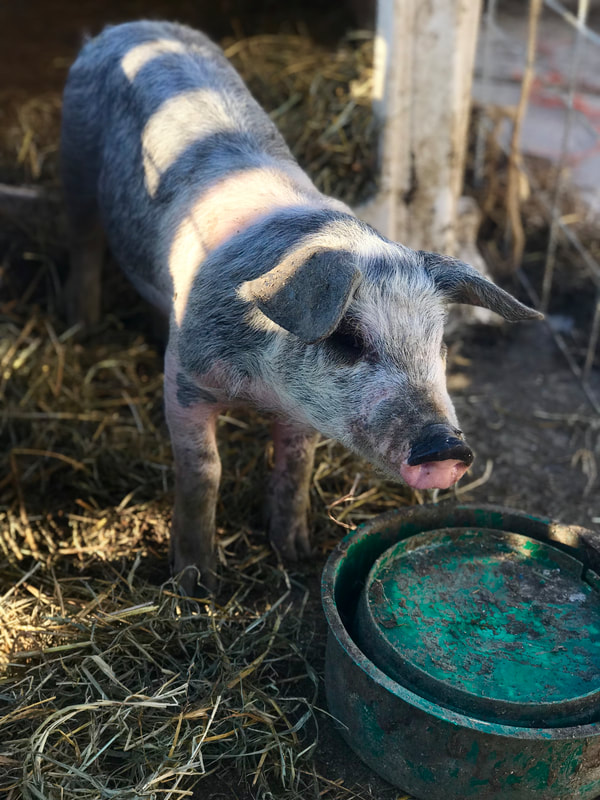
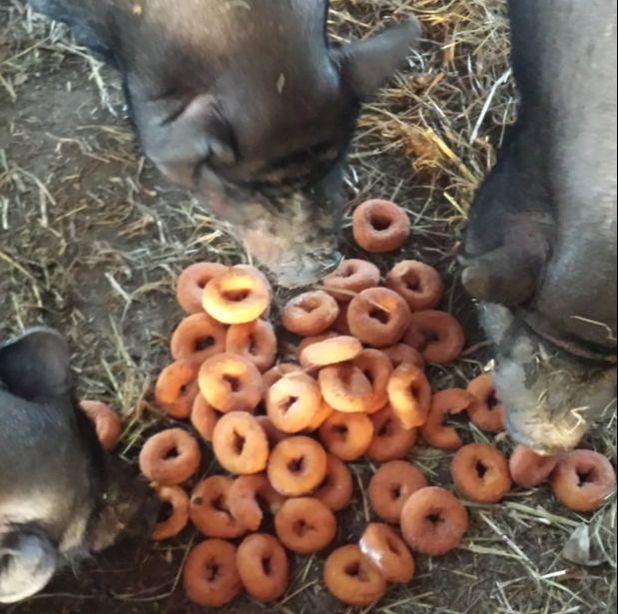



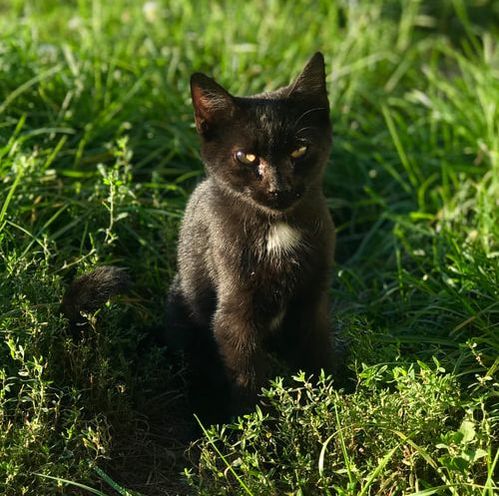

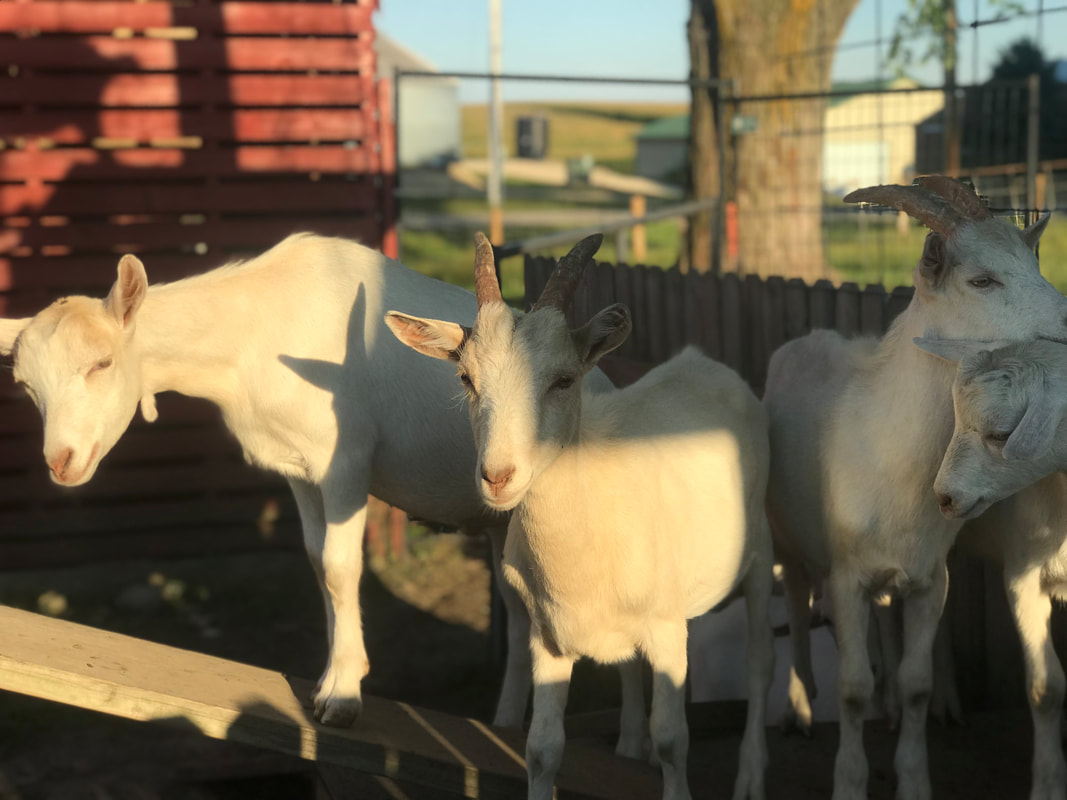
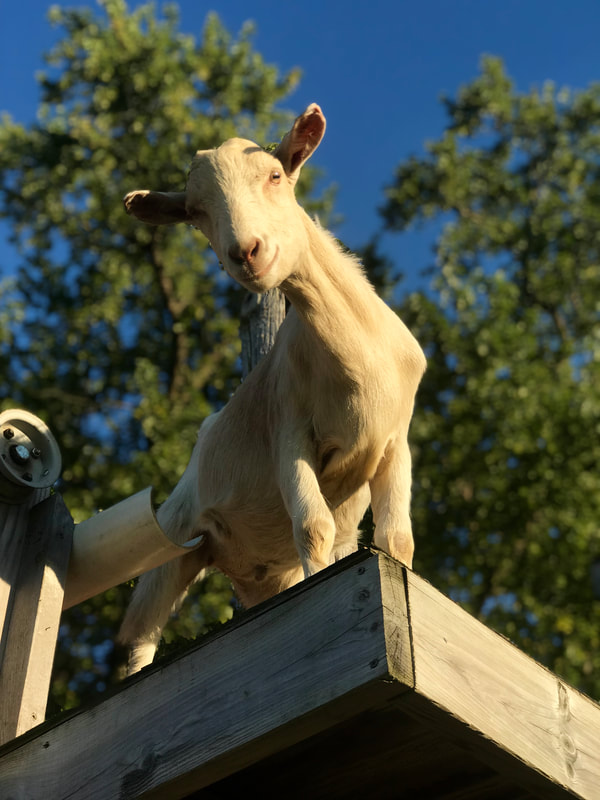
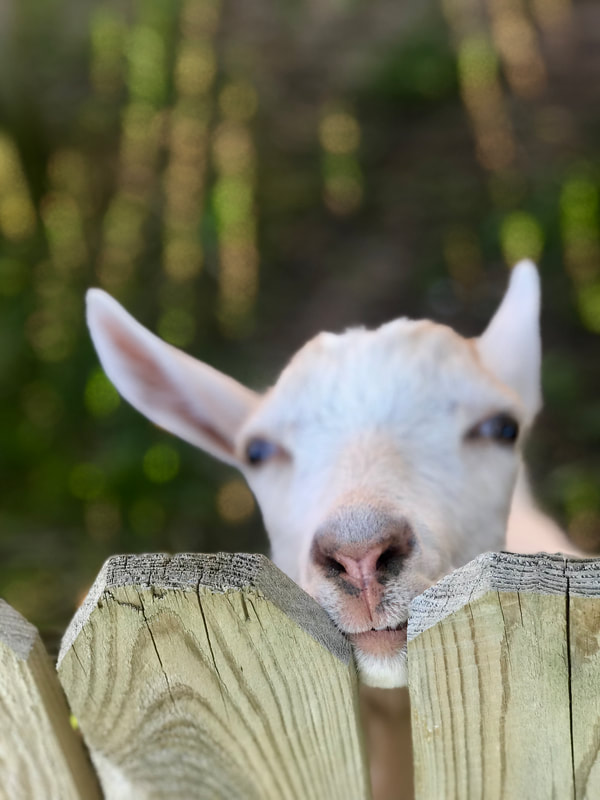
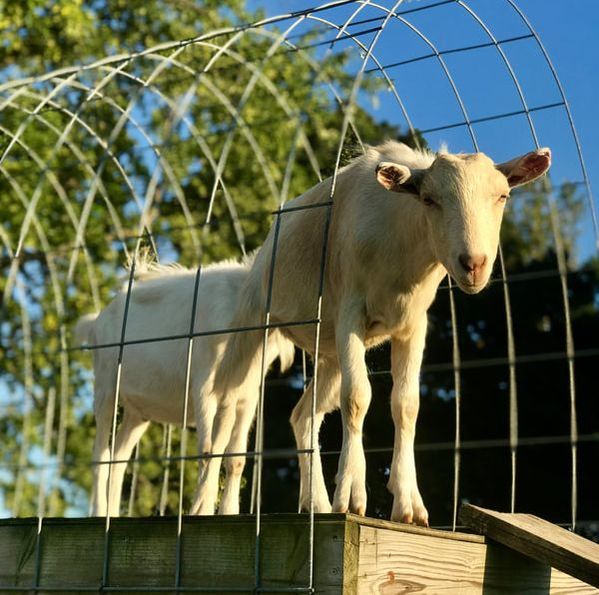
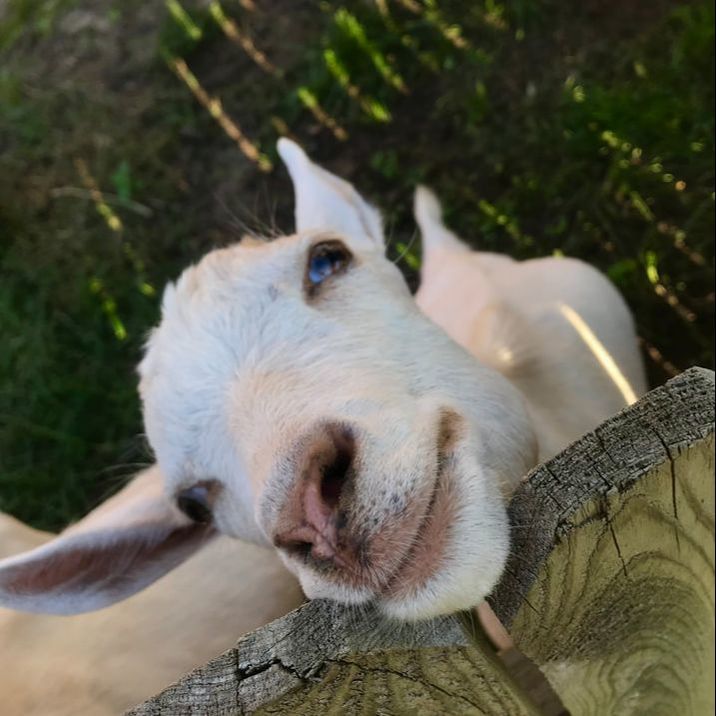

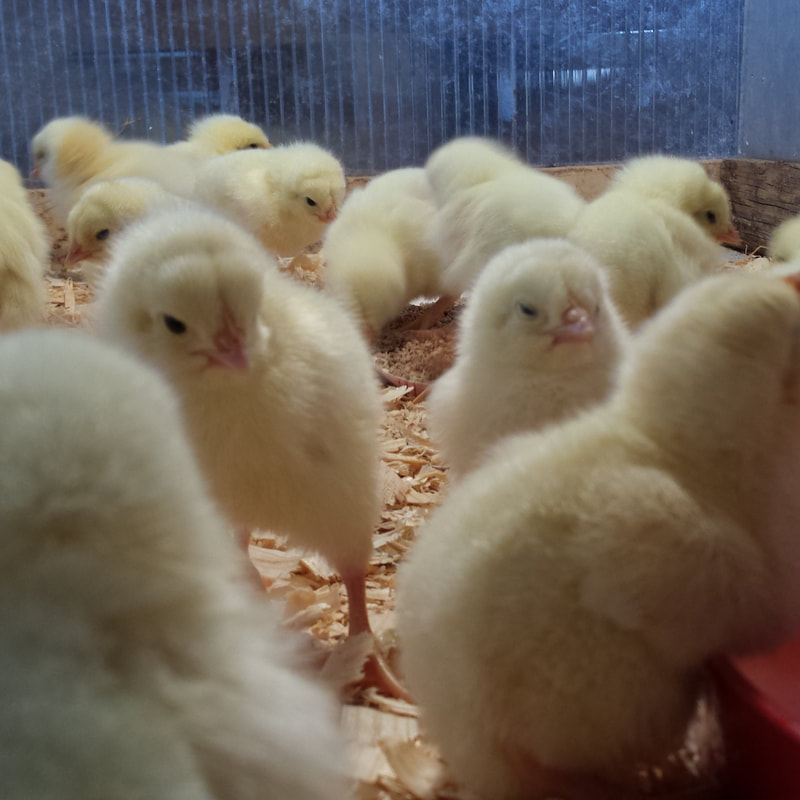
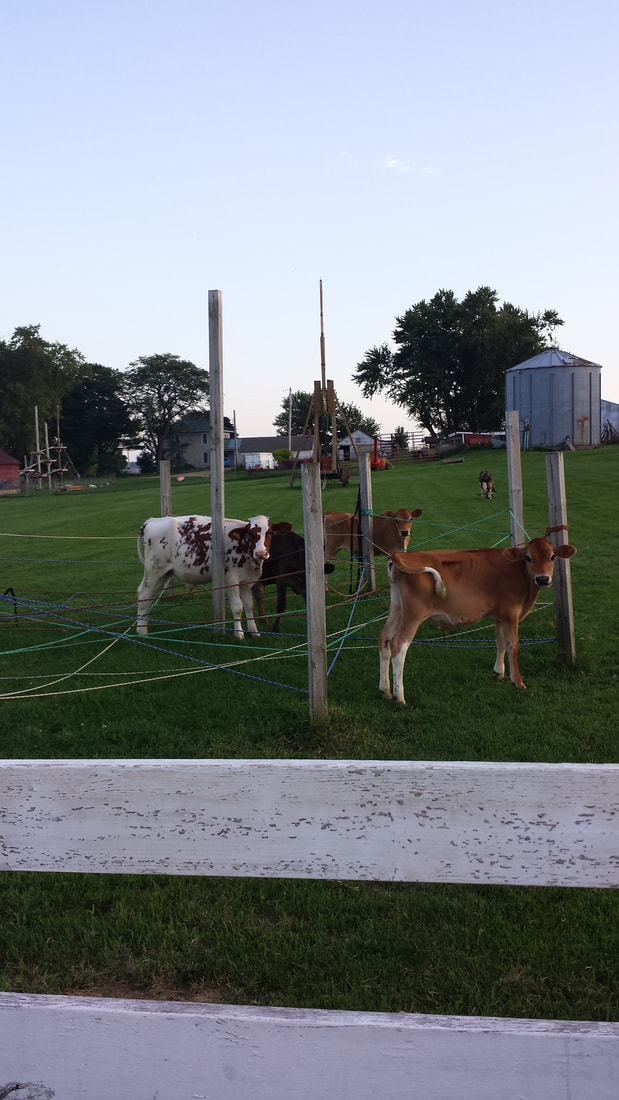







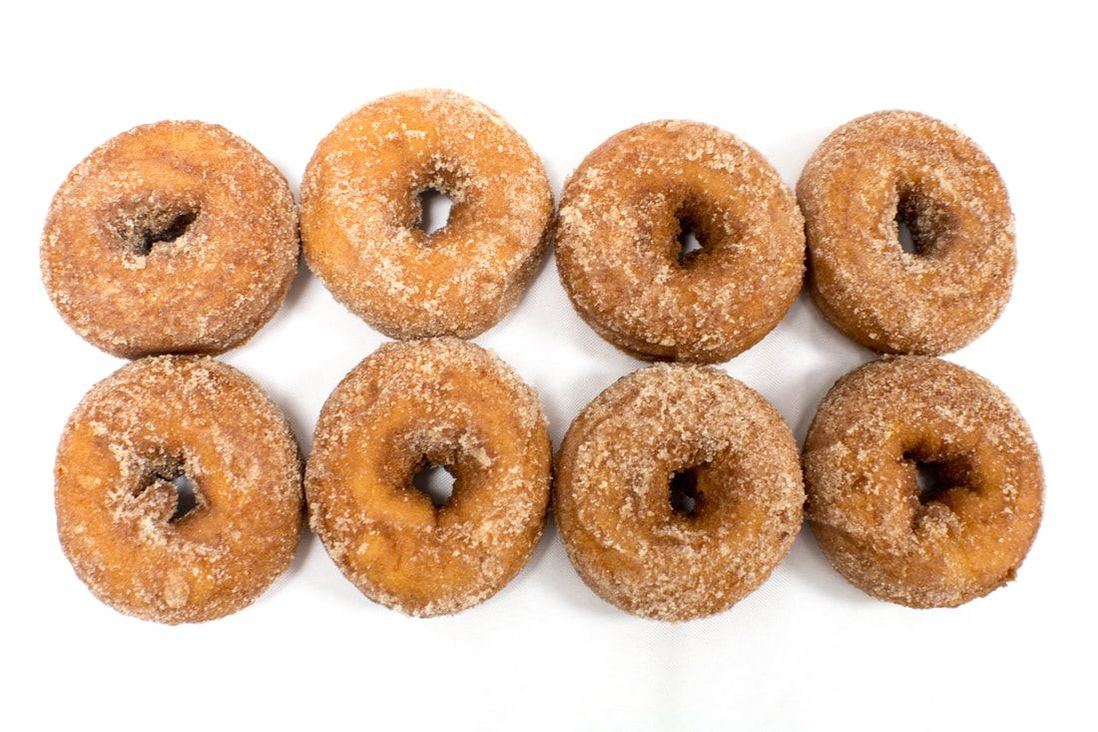
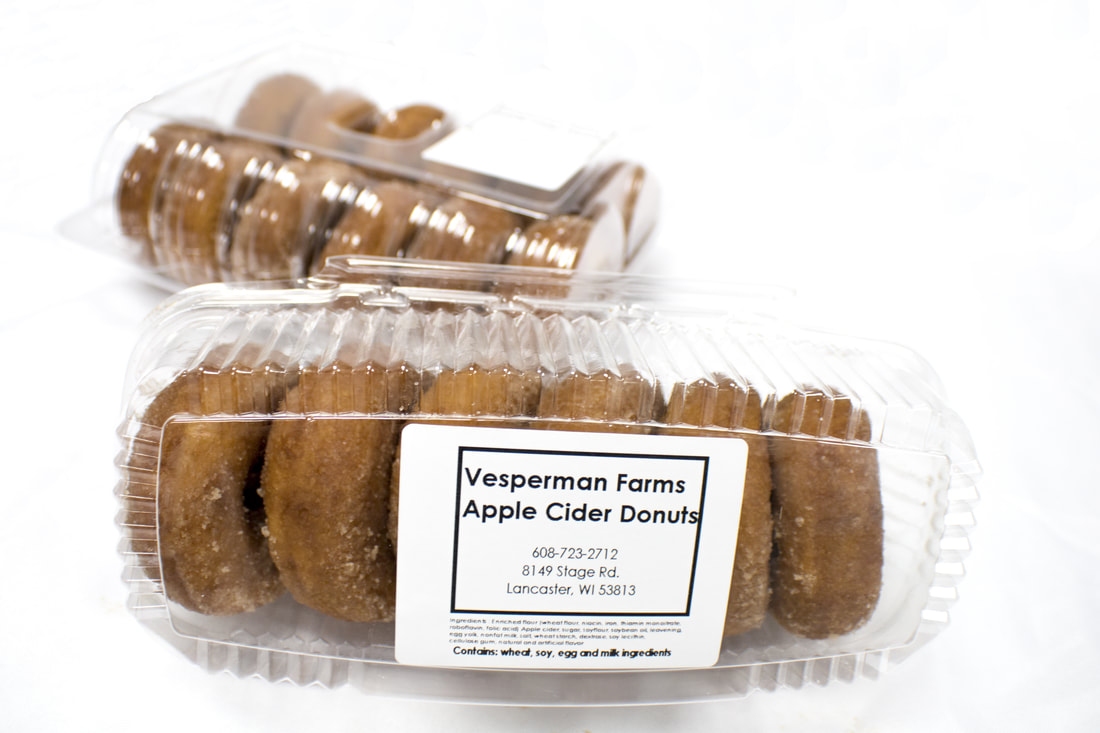



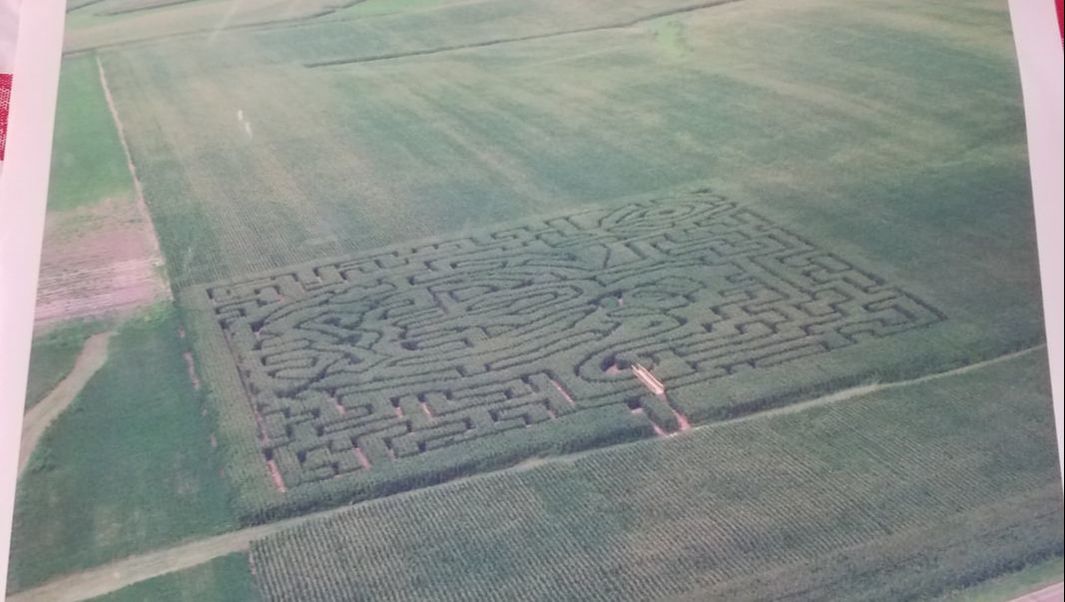
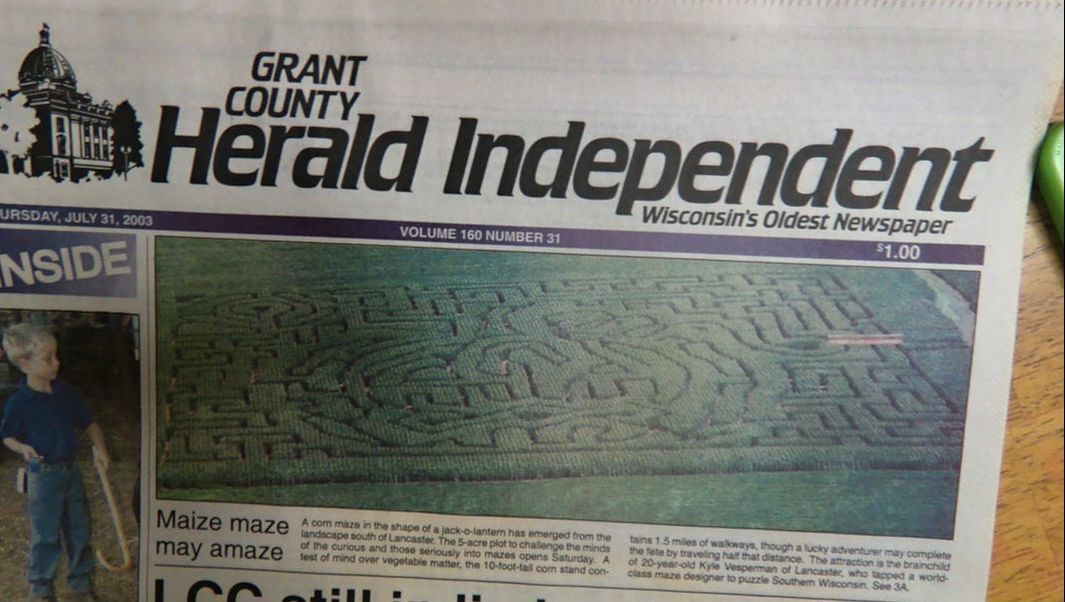



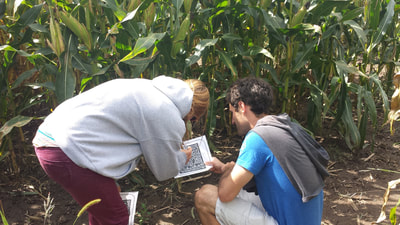

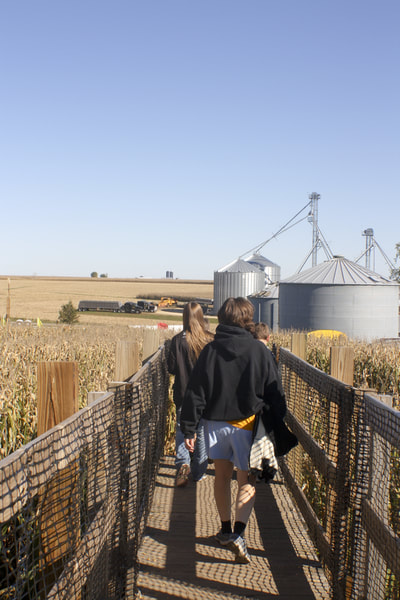
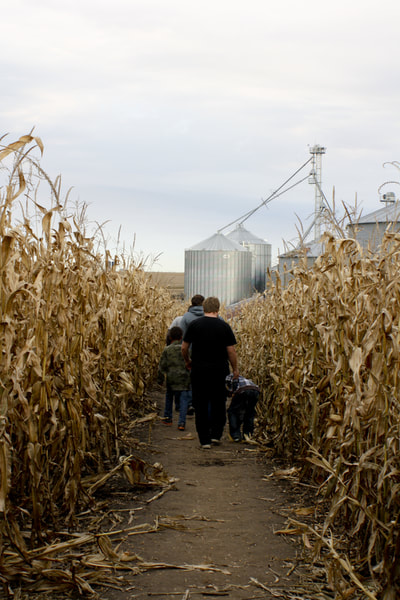


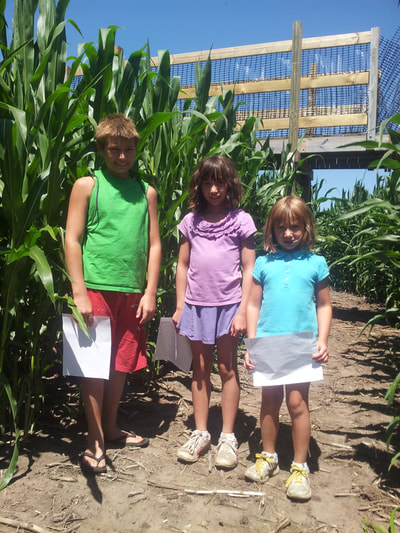
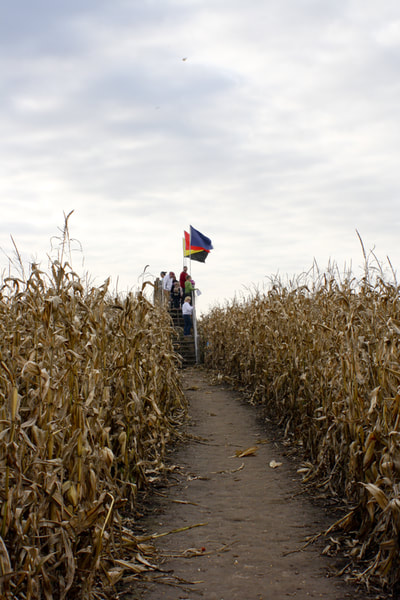
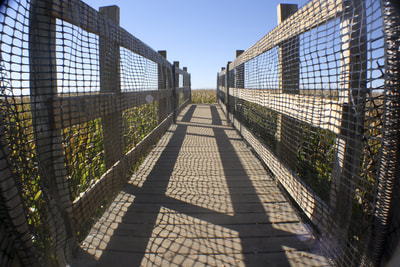
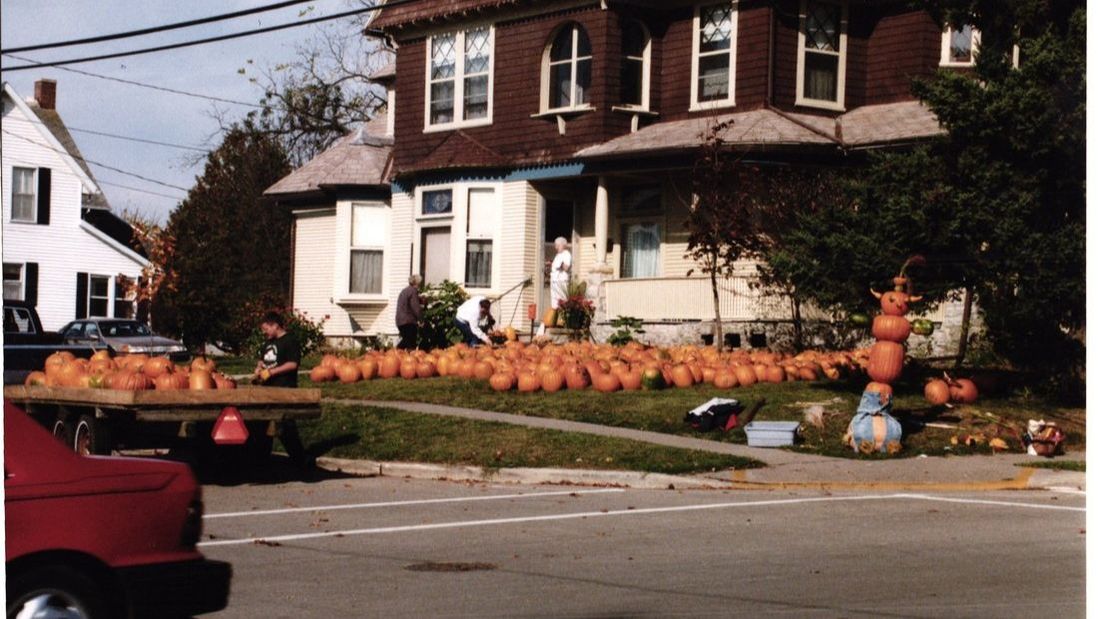
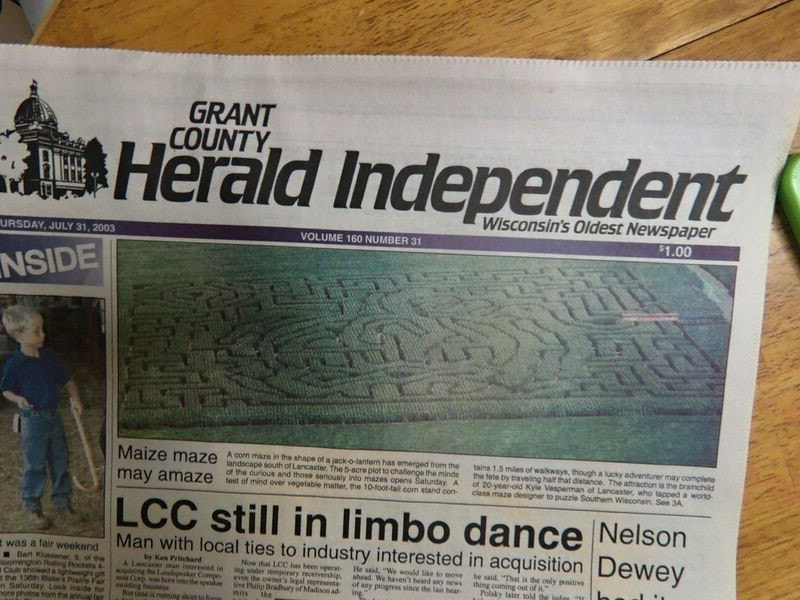
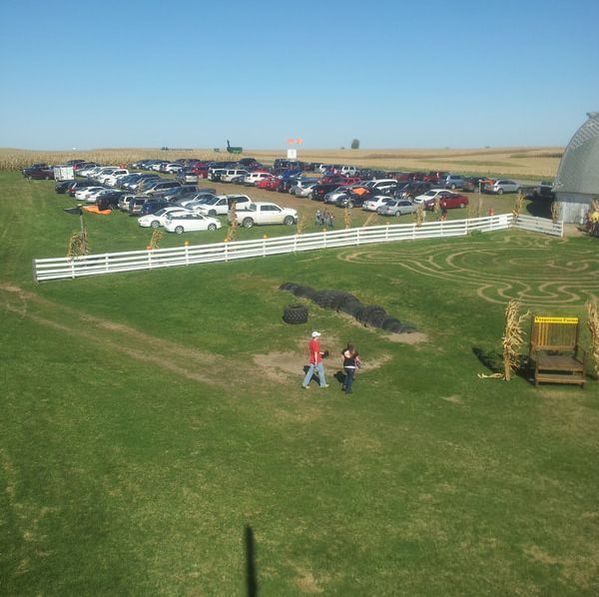
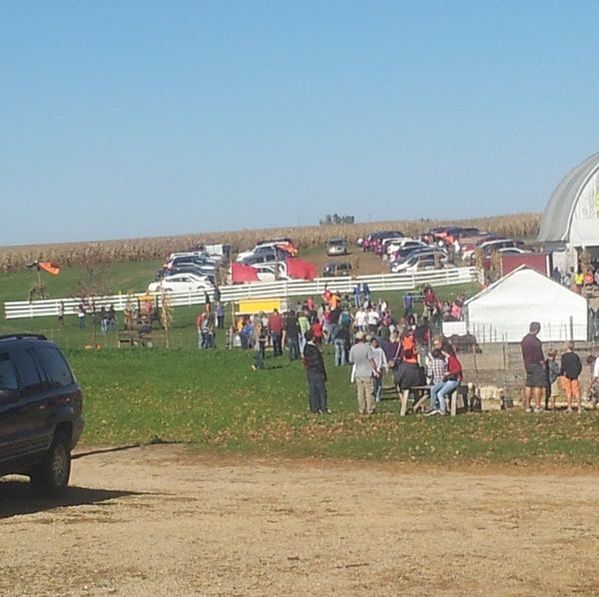
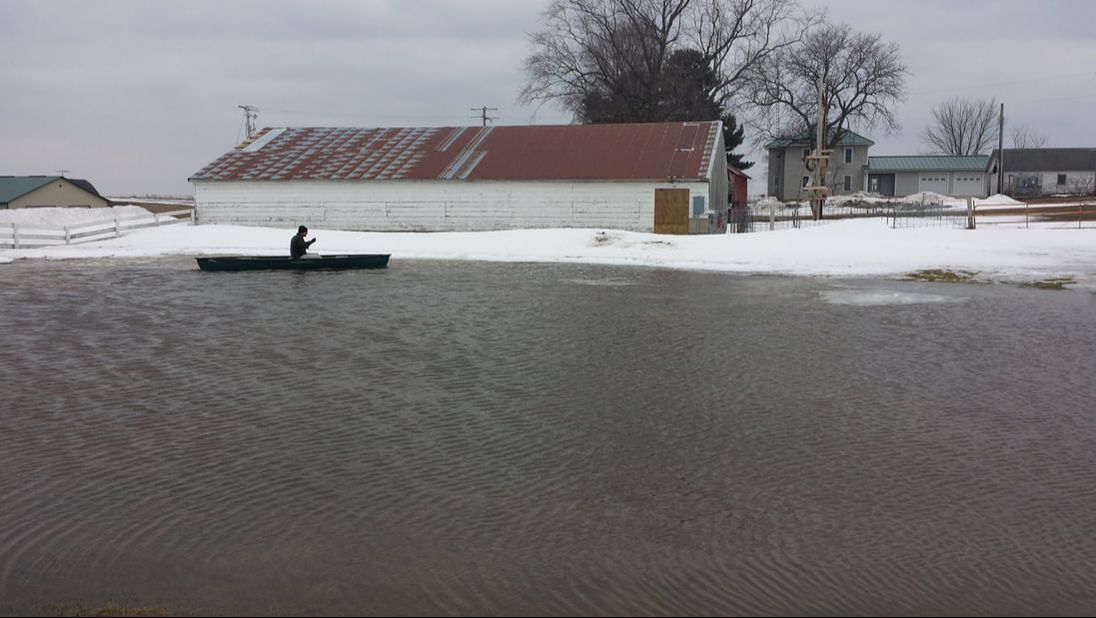
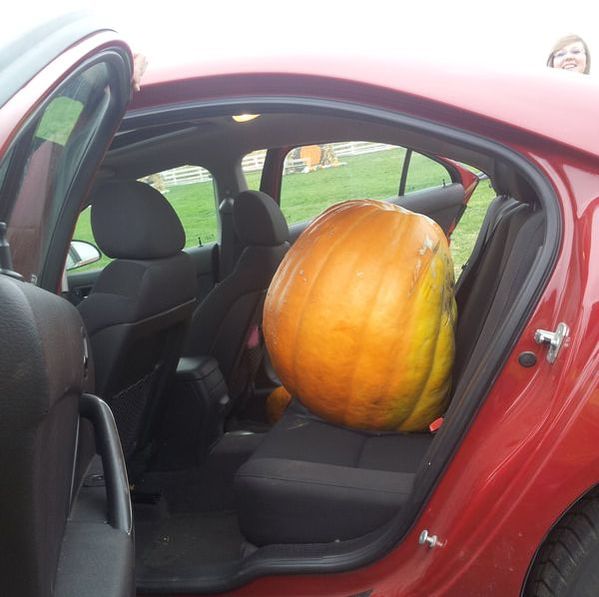
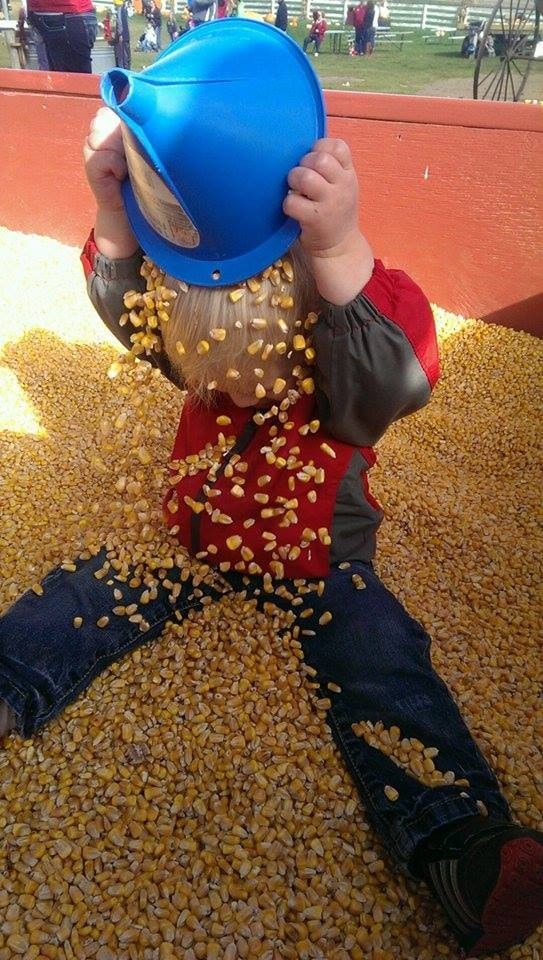



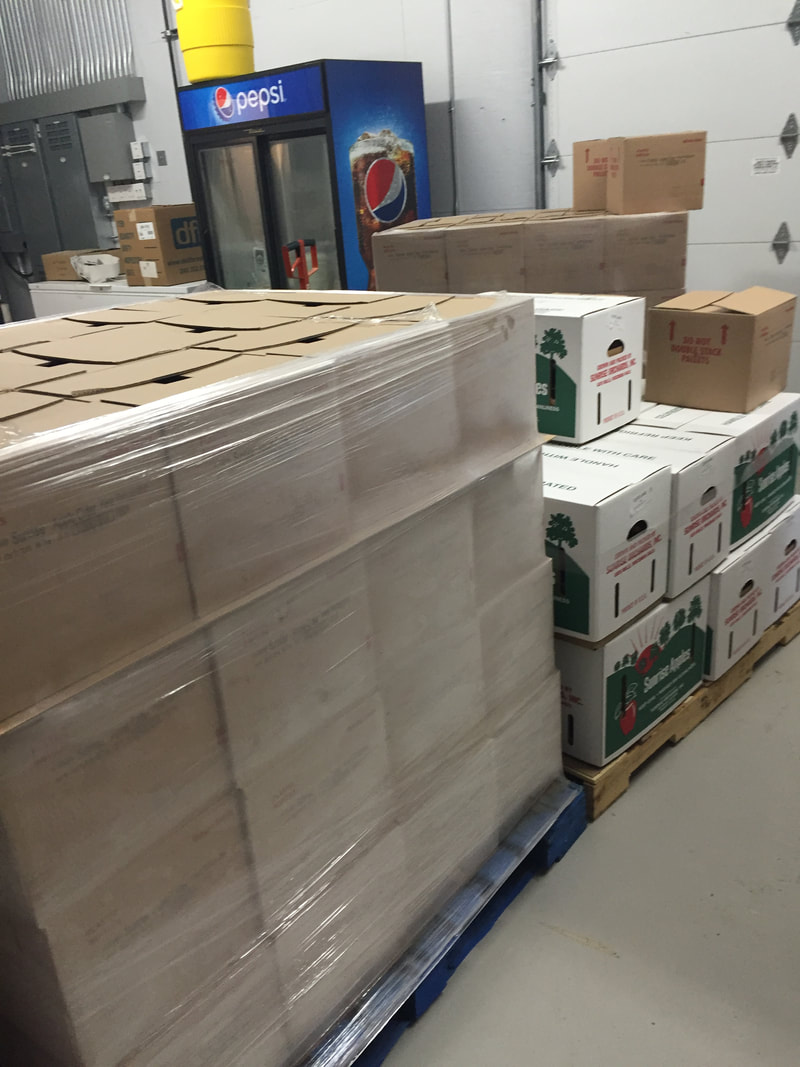

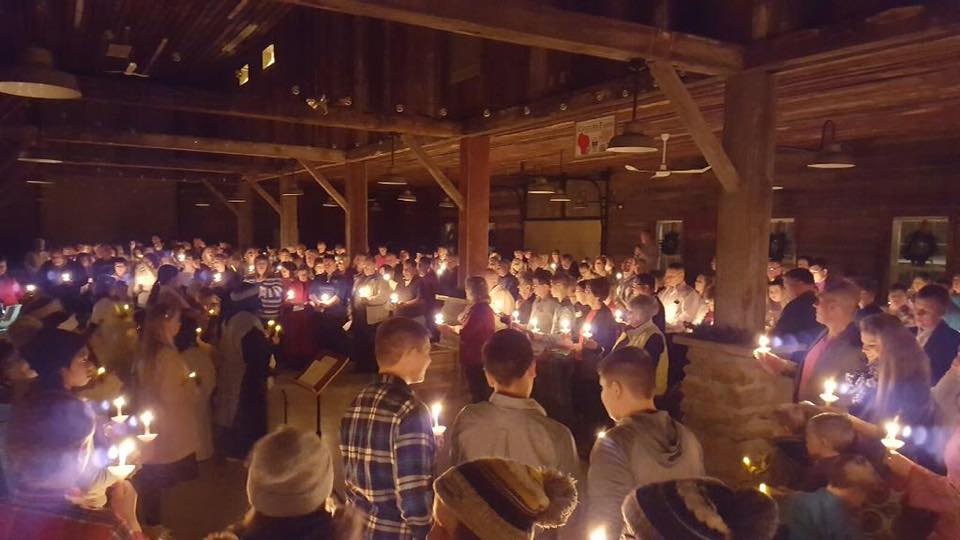



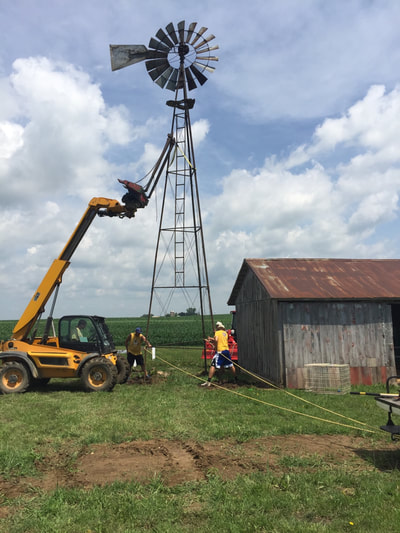
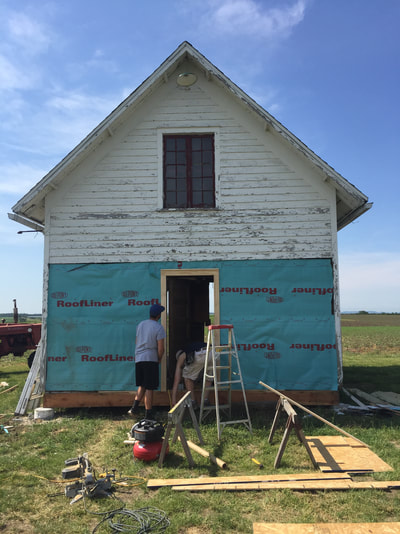

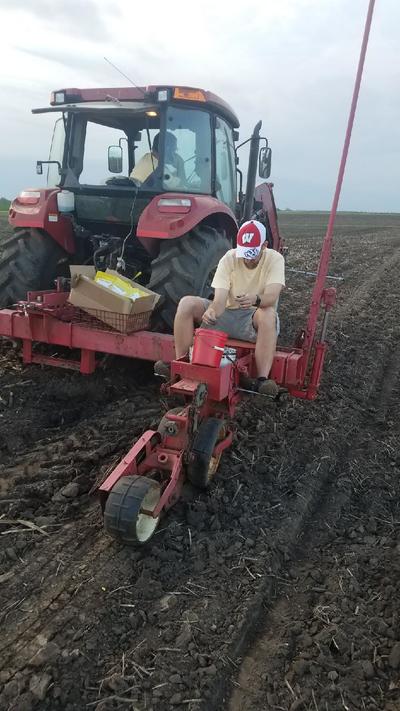


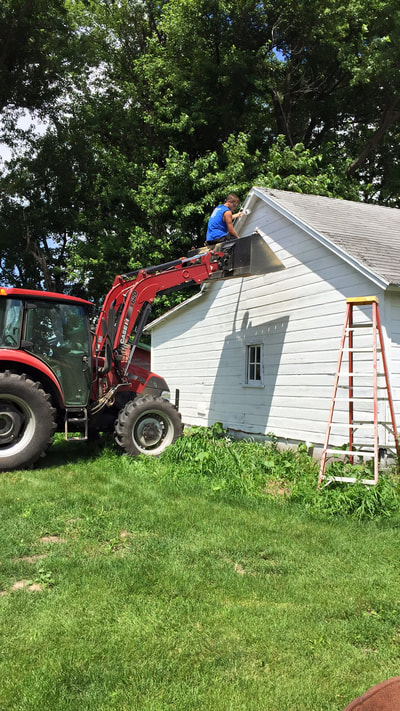
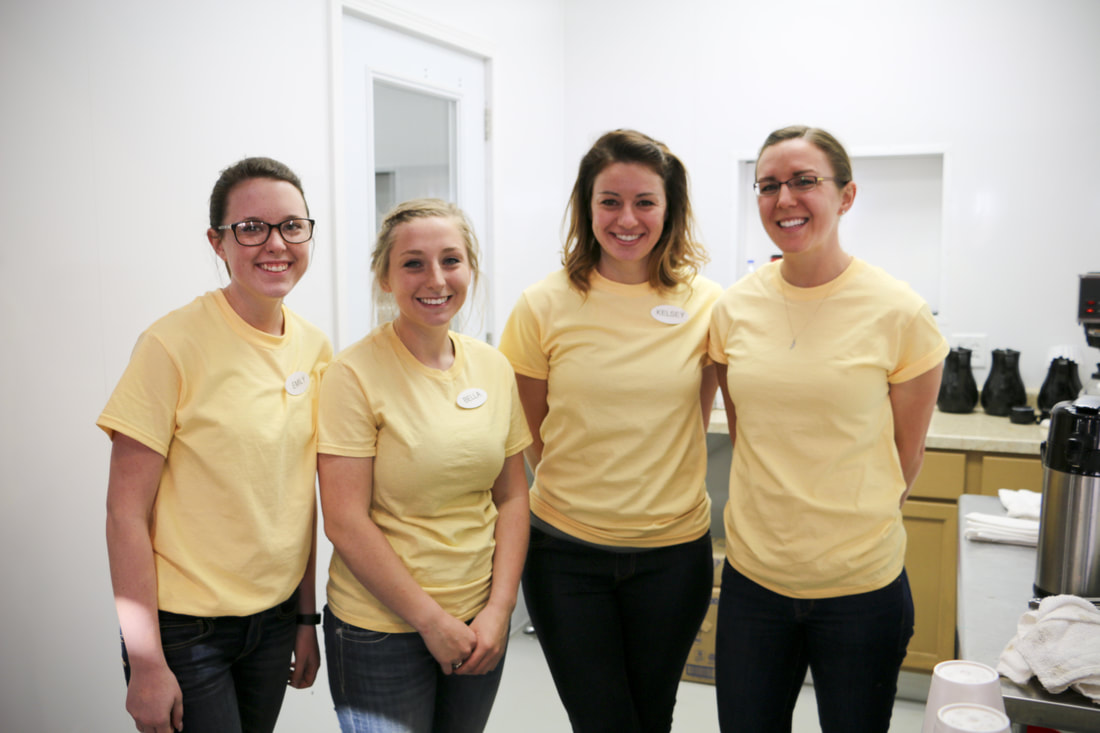
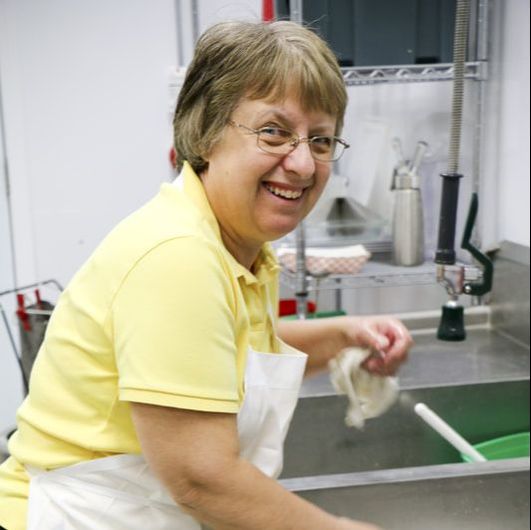
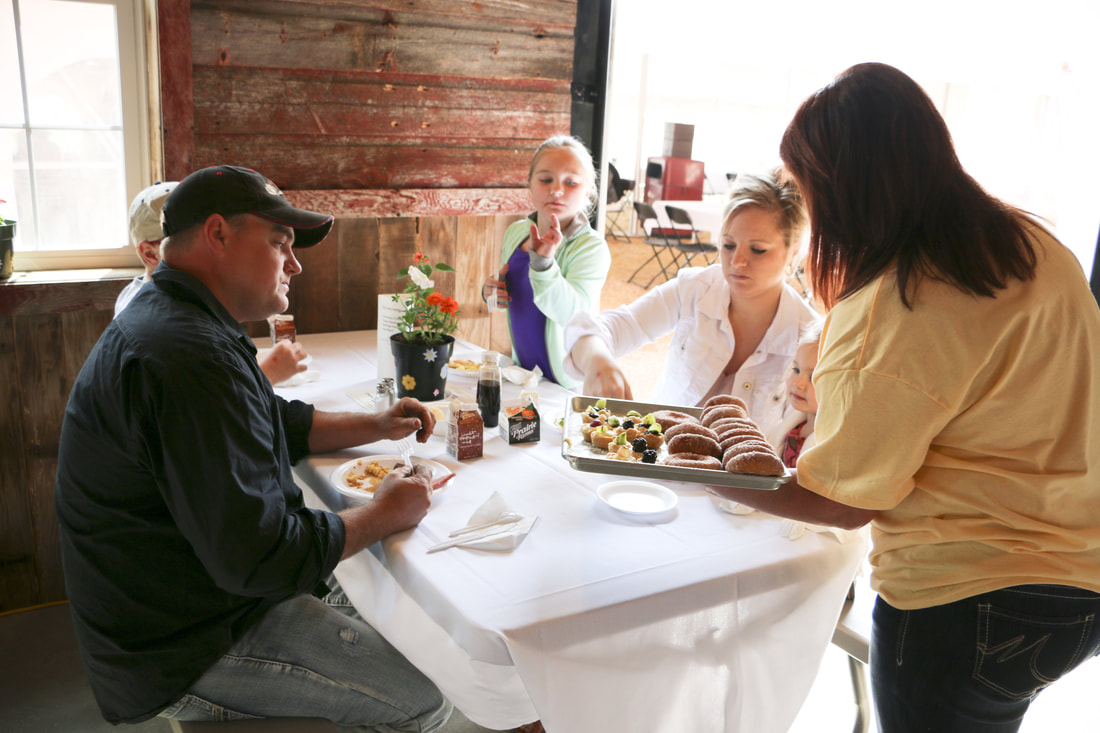
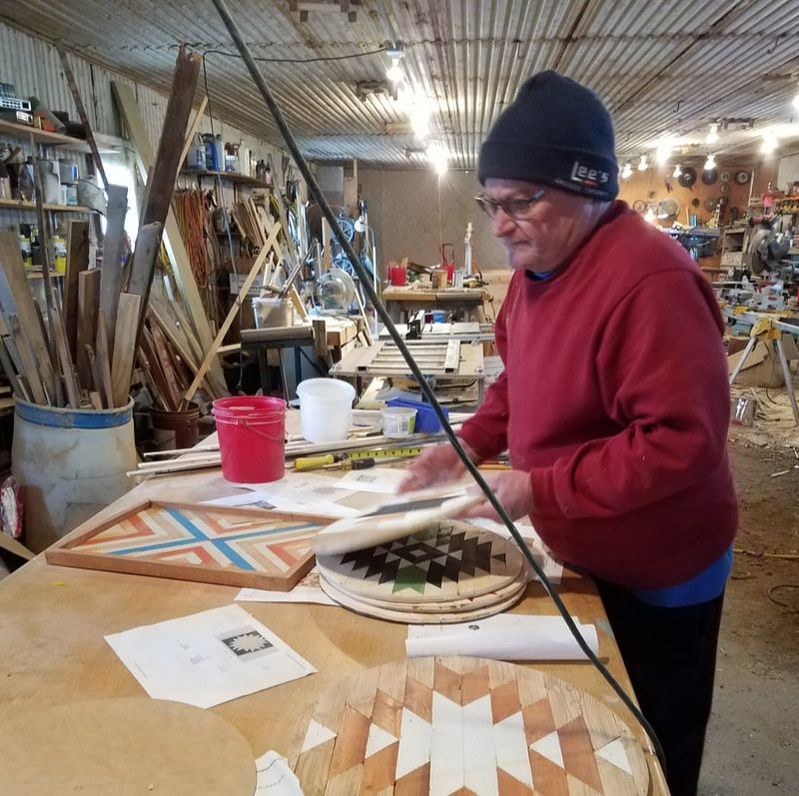

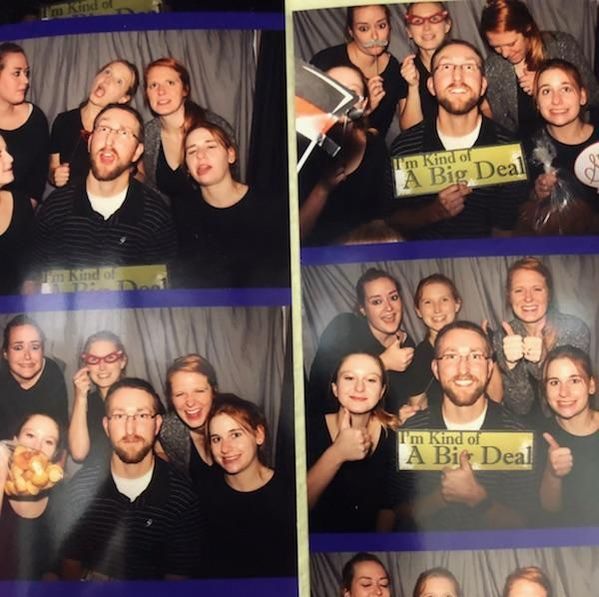
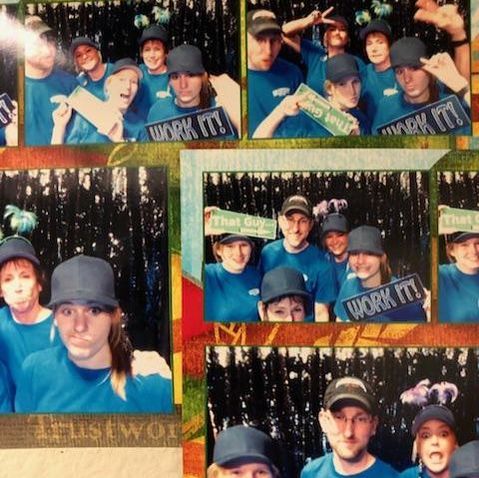


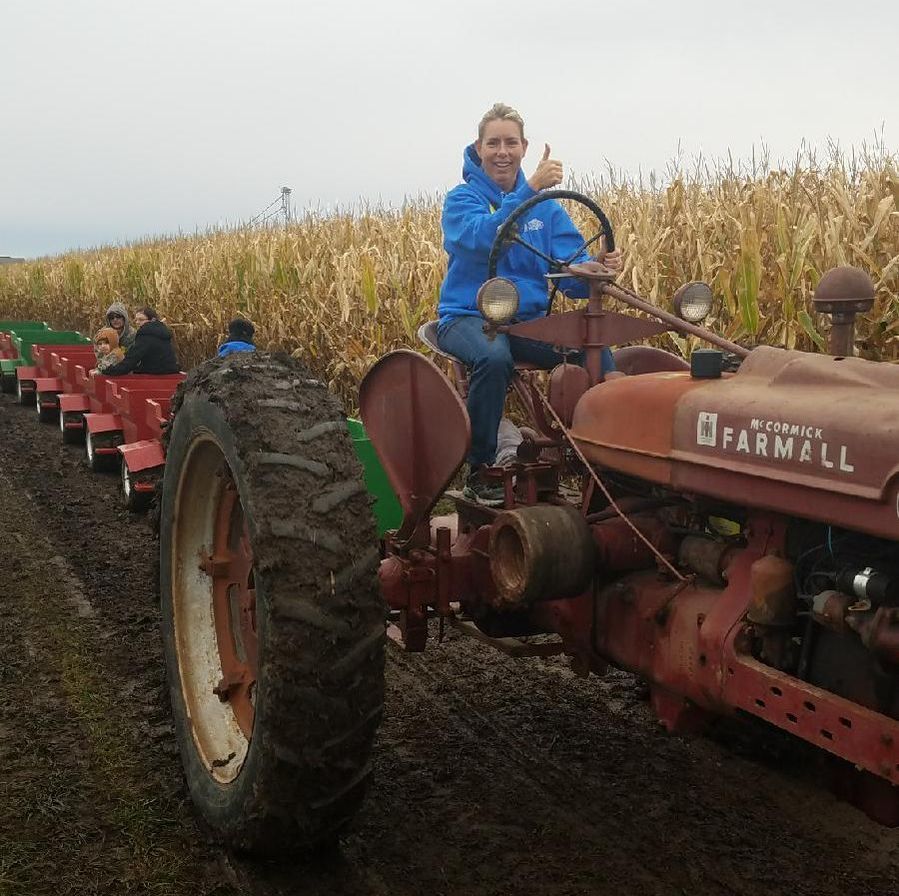

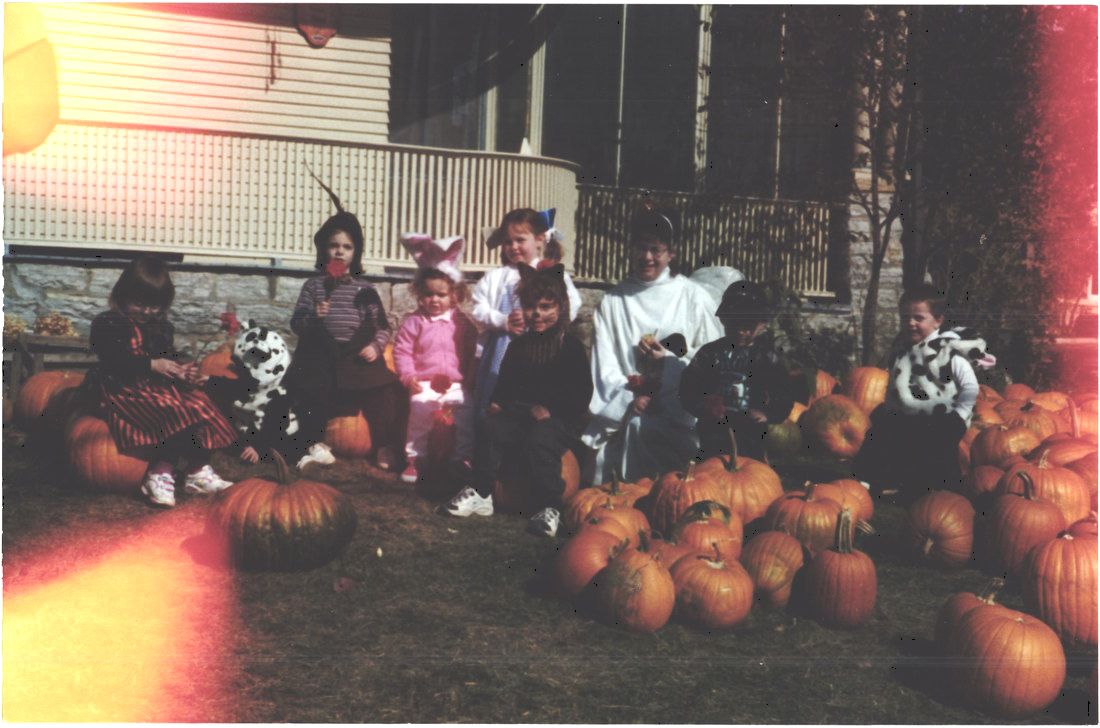
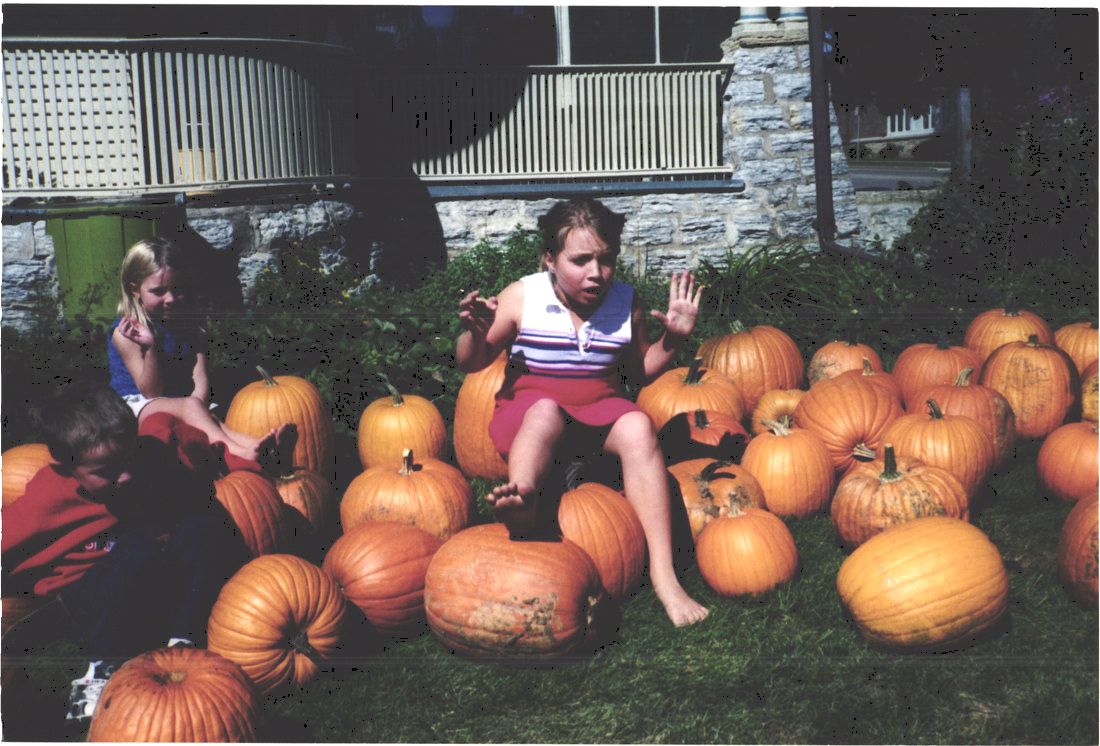



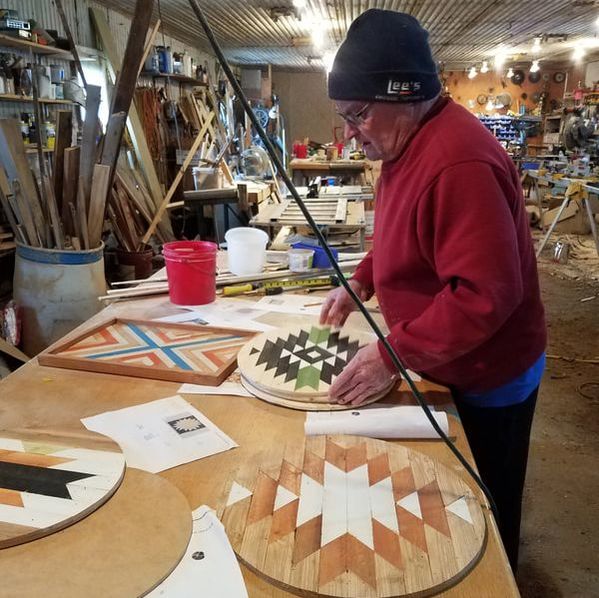
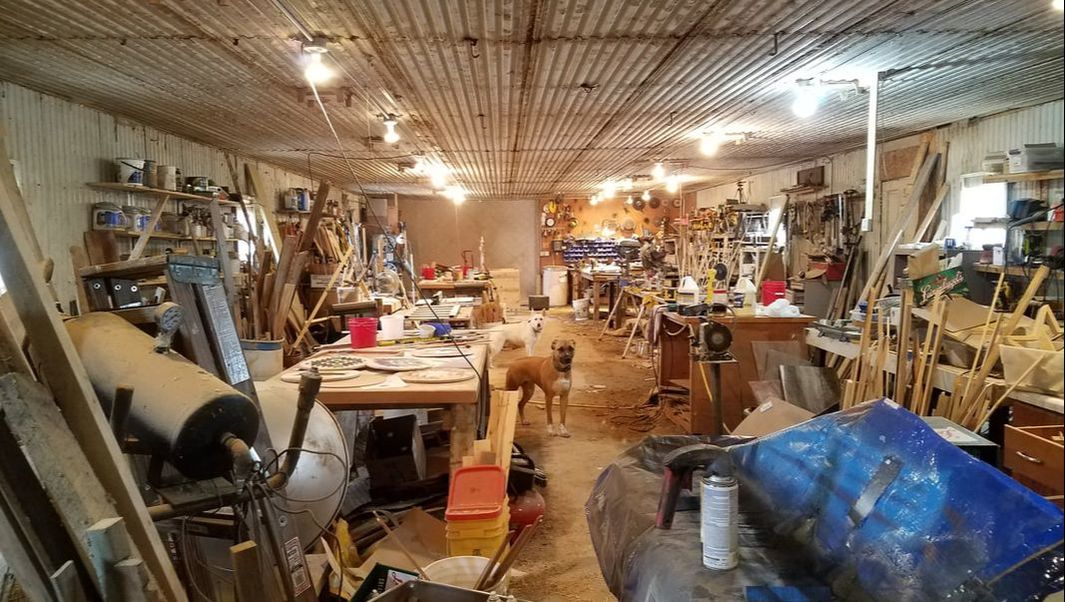

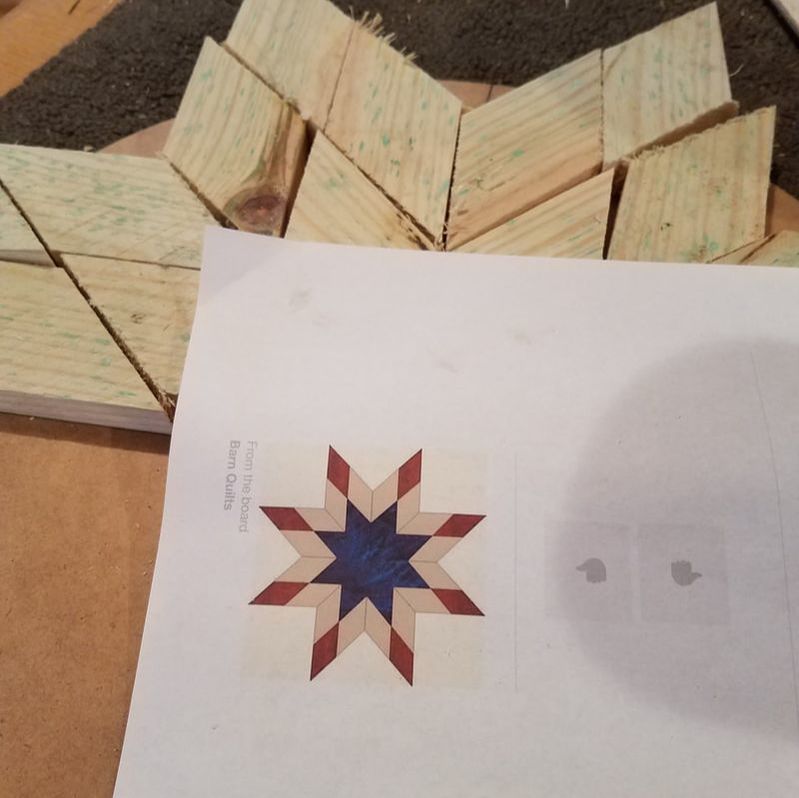


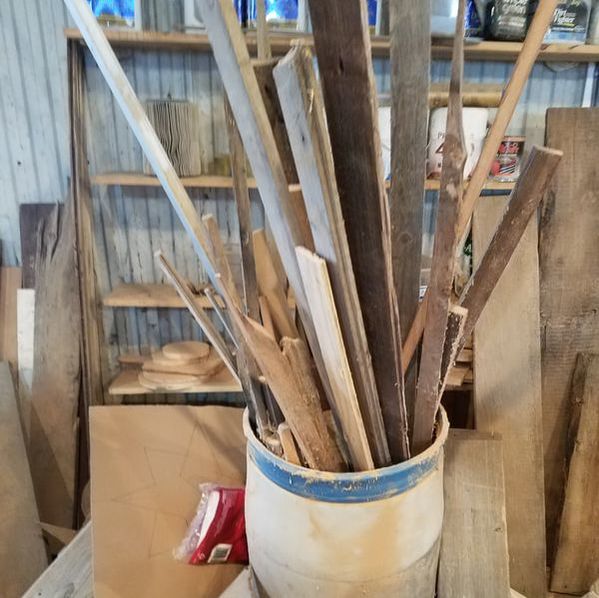
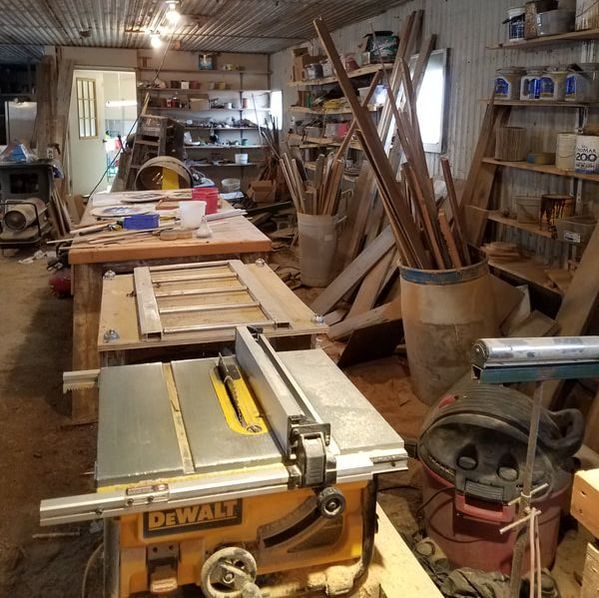
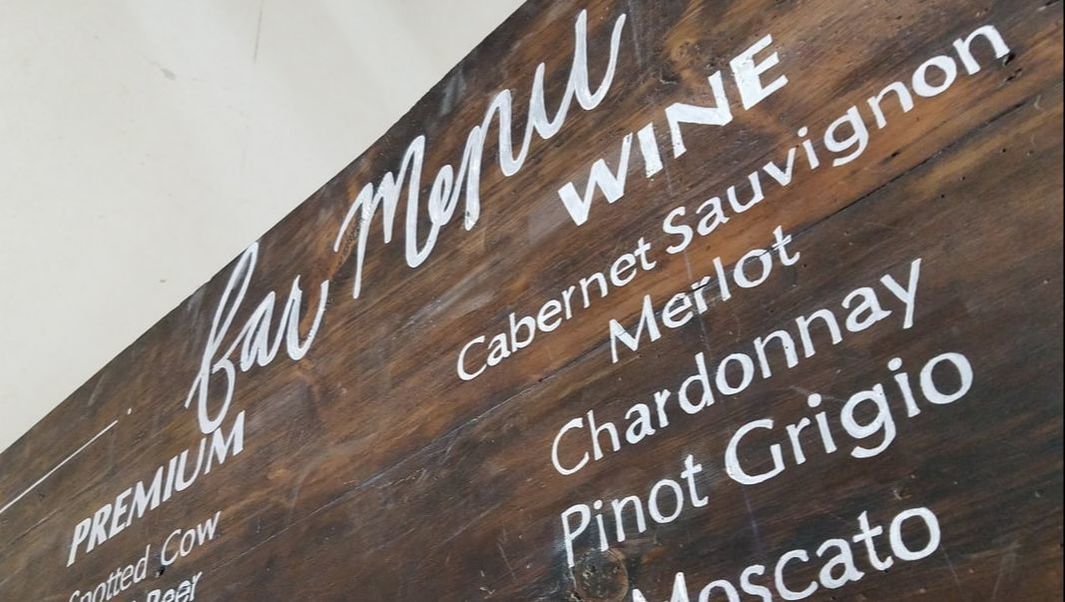
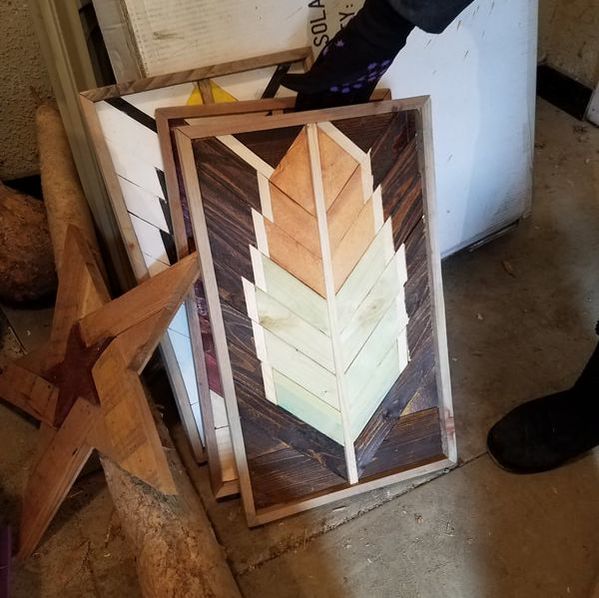


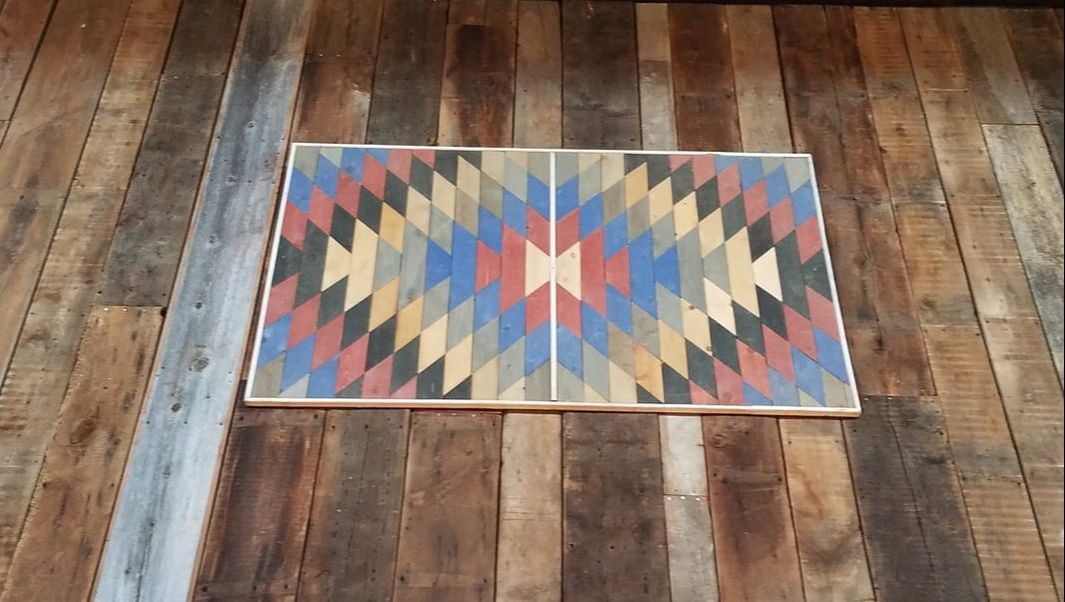


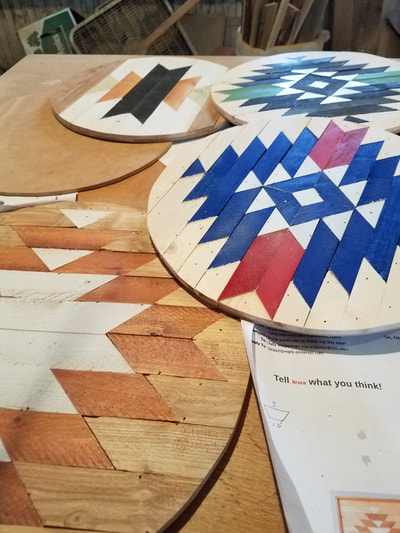




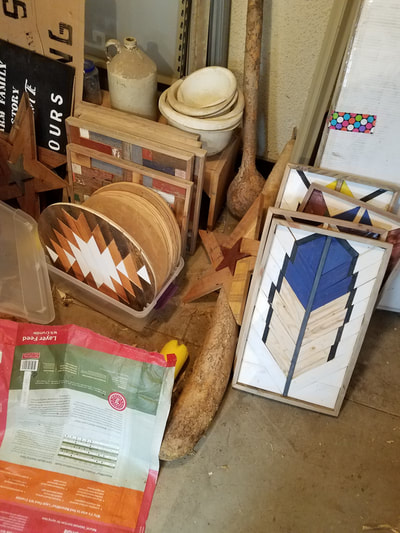
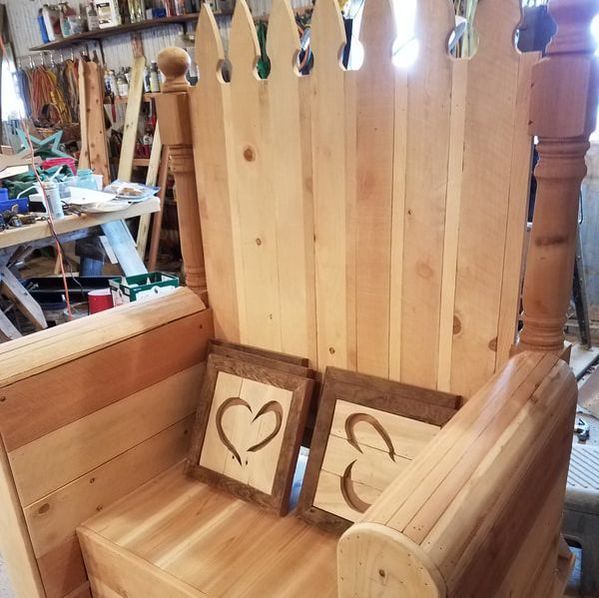
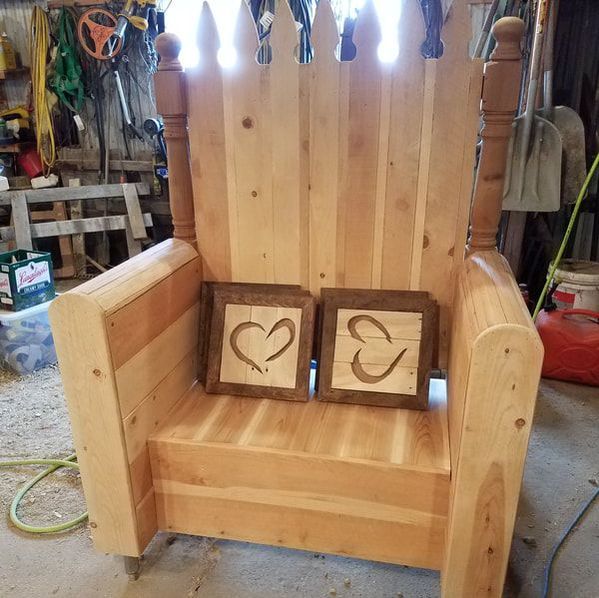
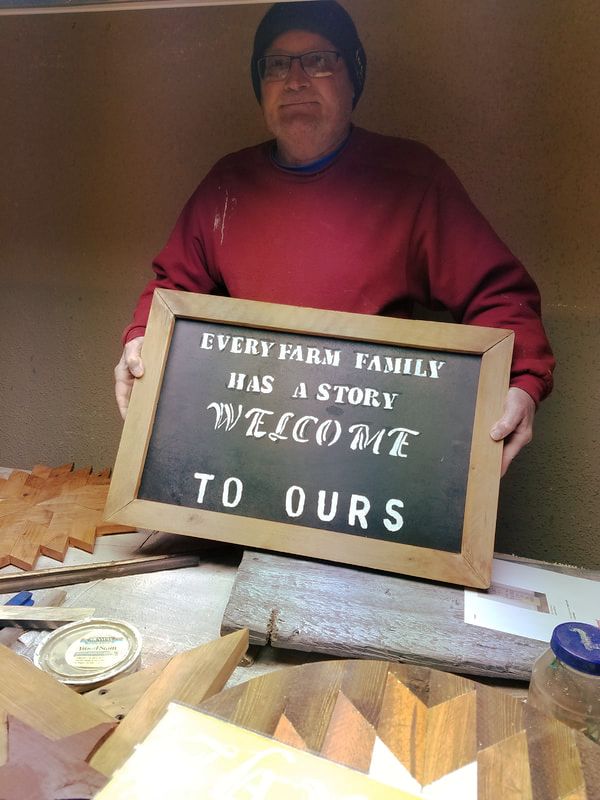

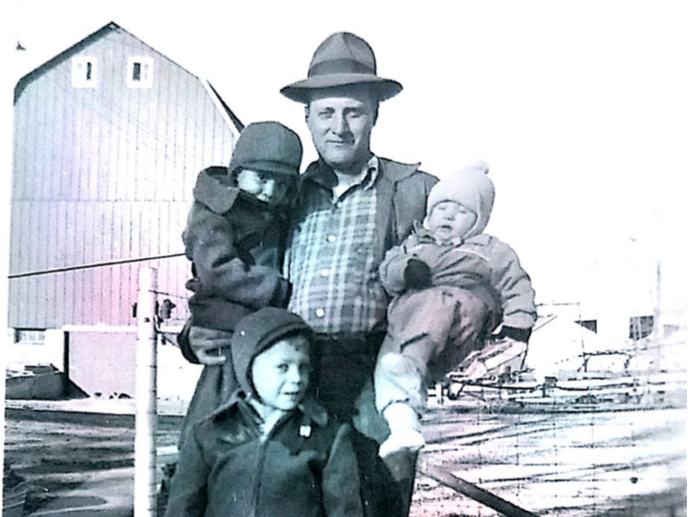

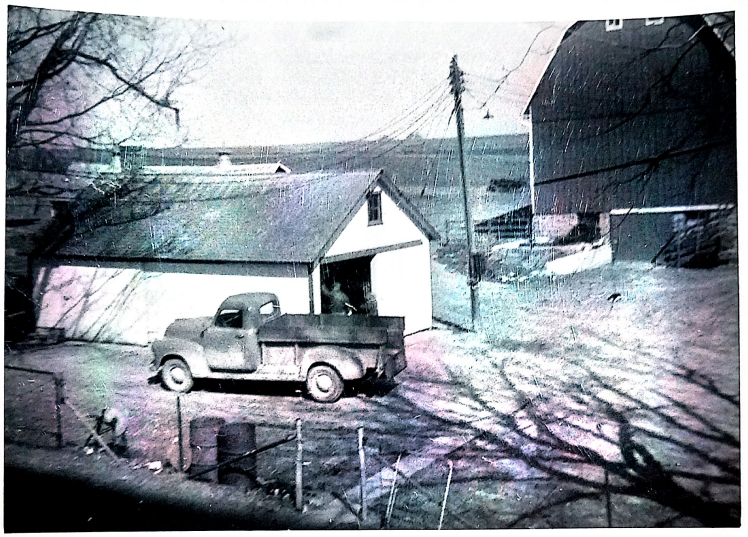


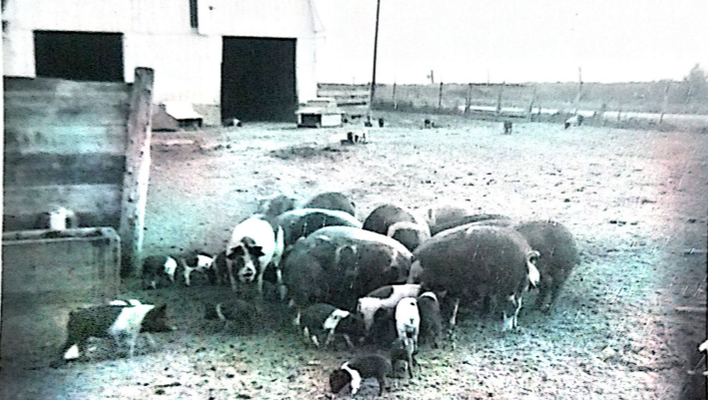
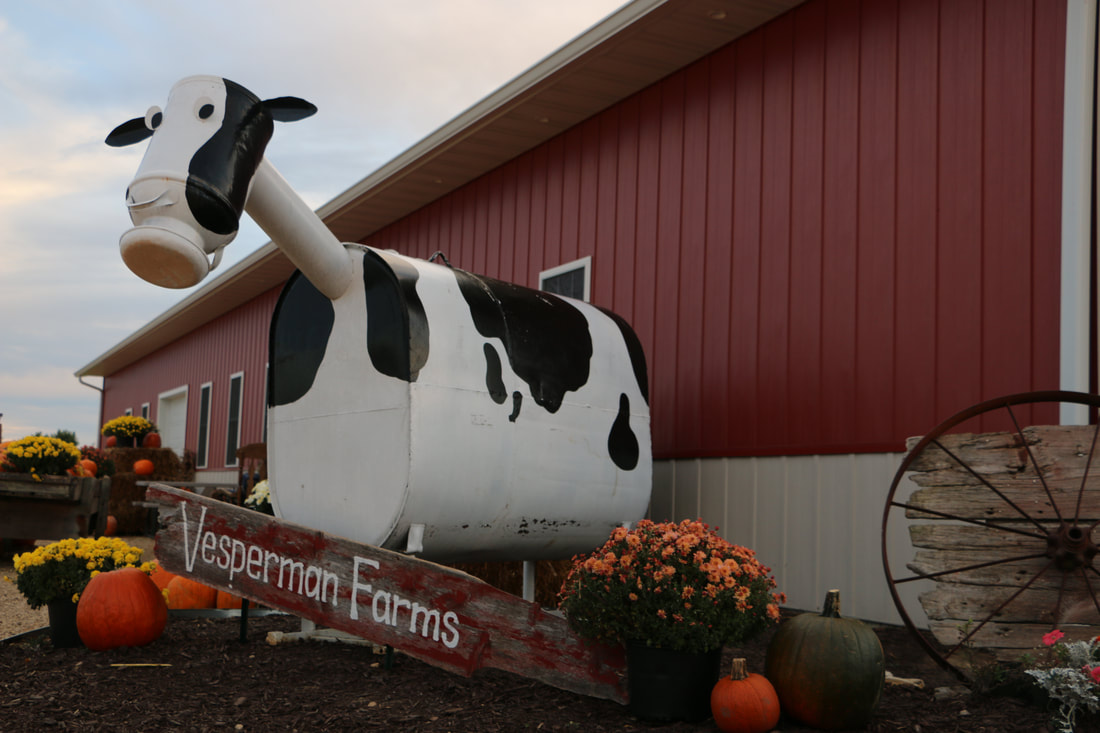
 RSS Feed
RSS Feed
